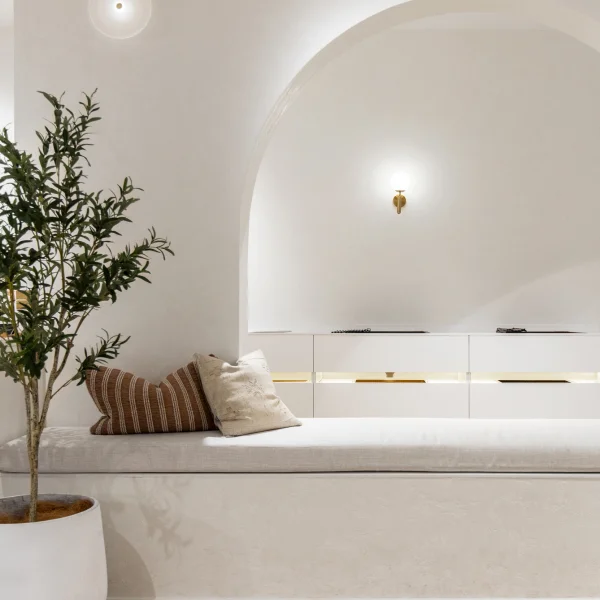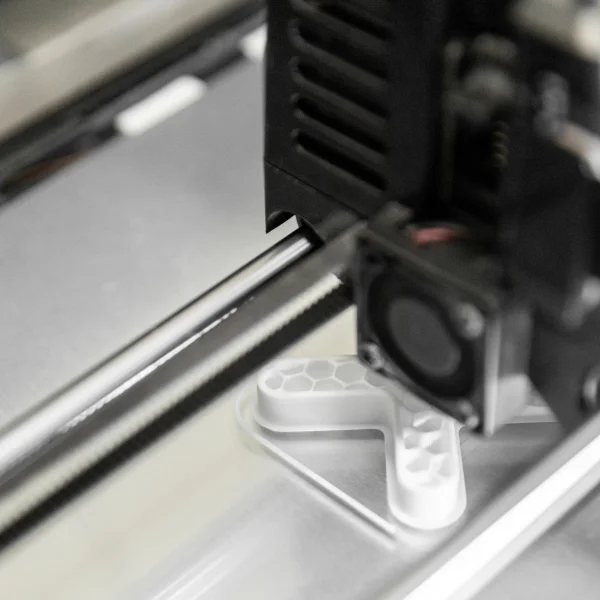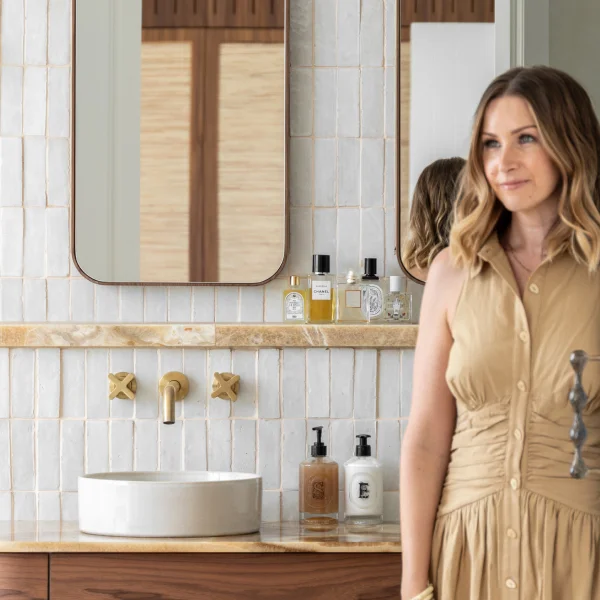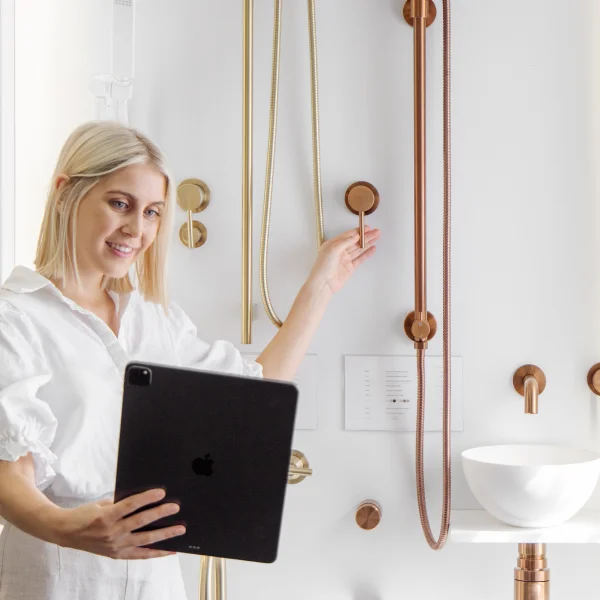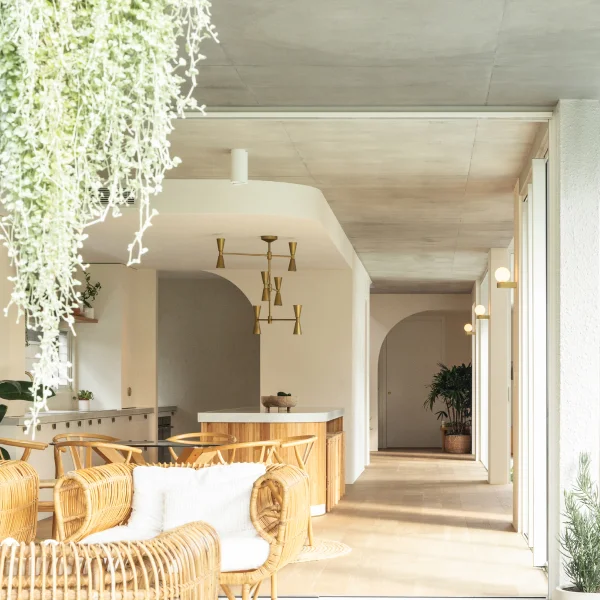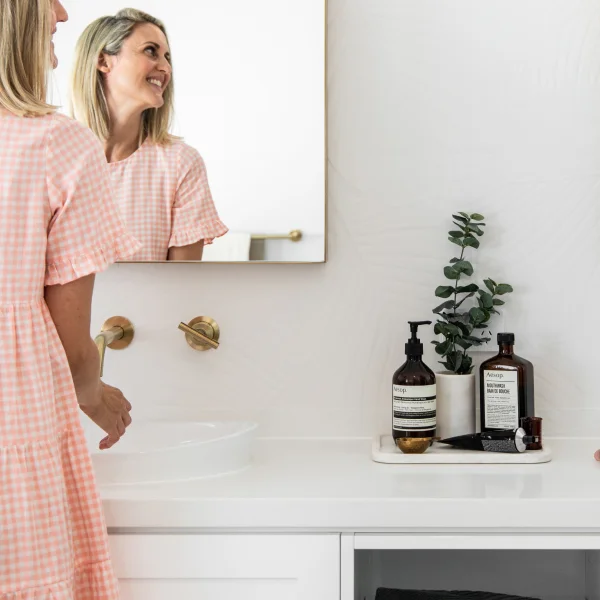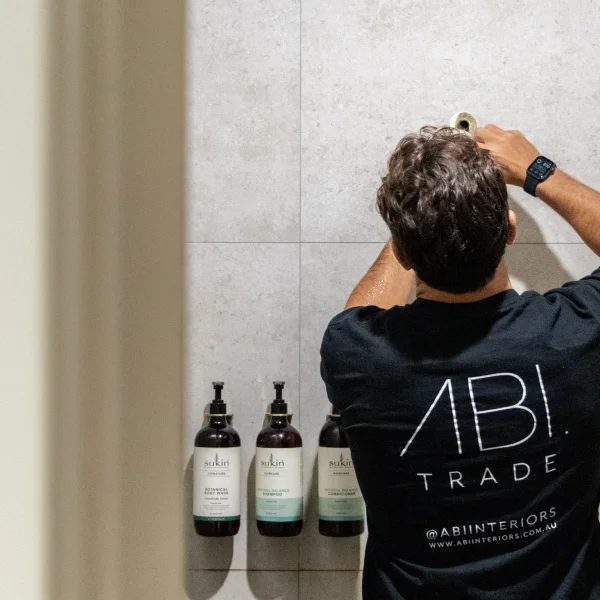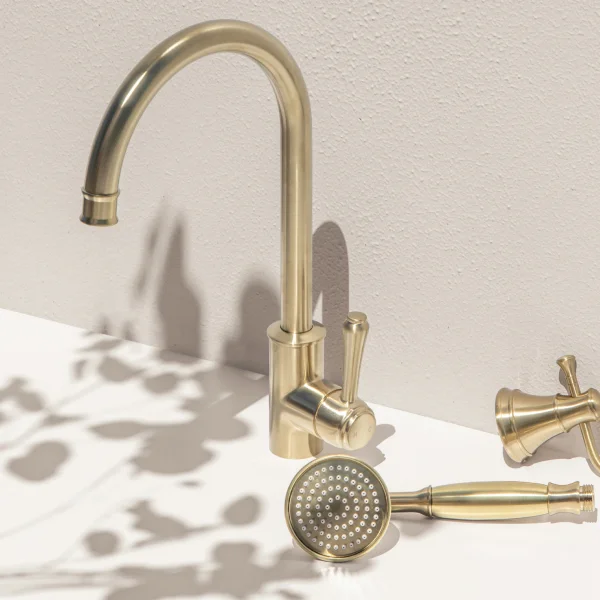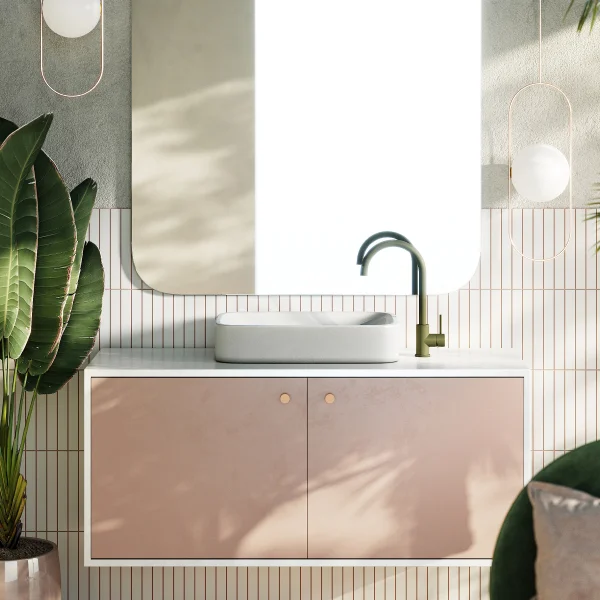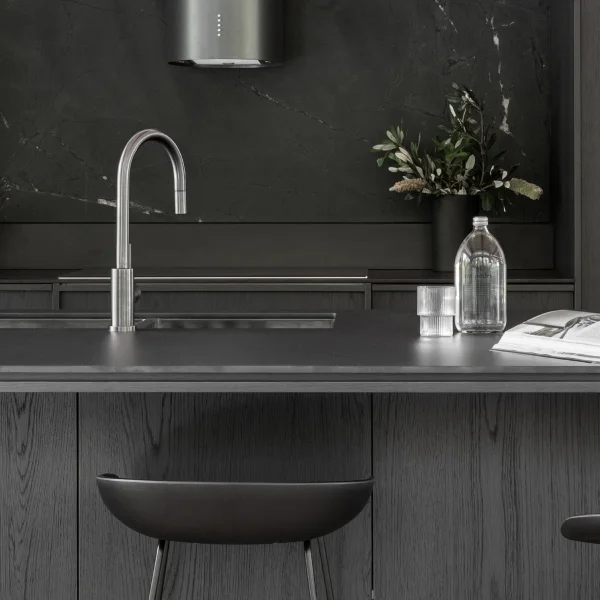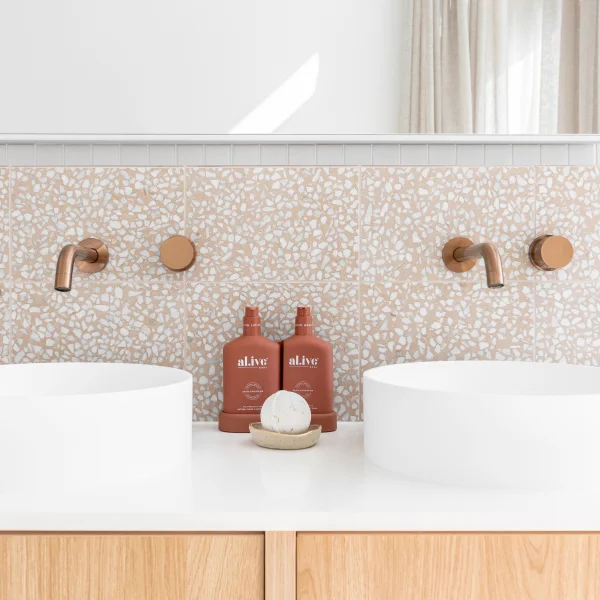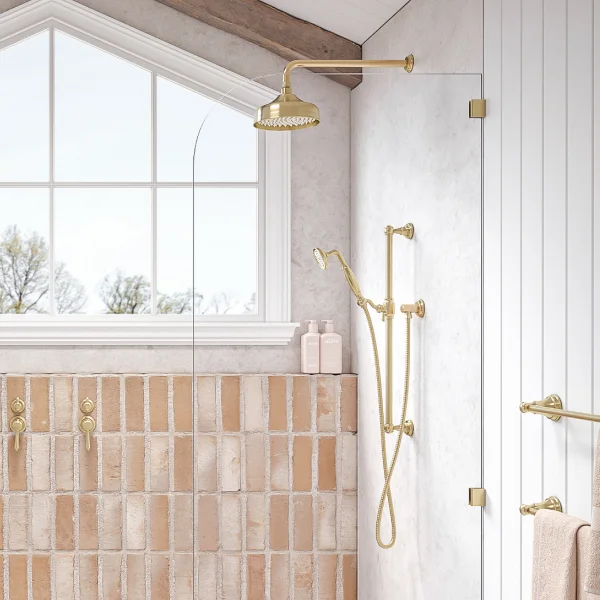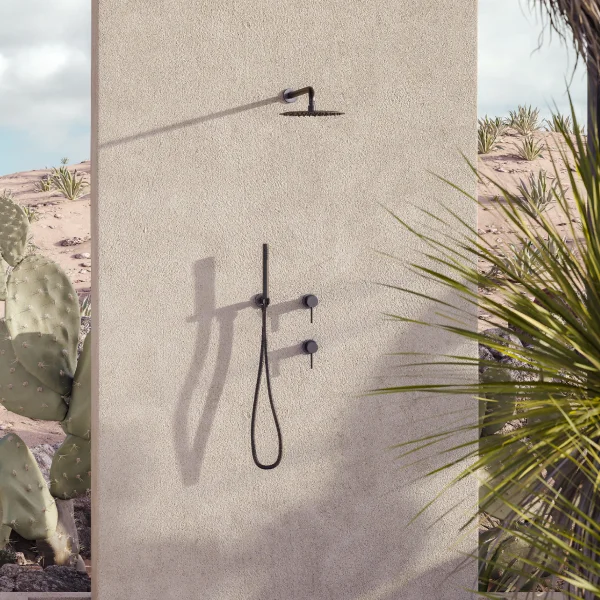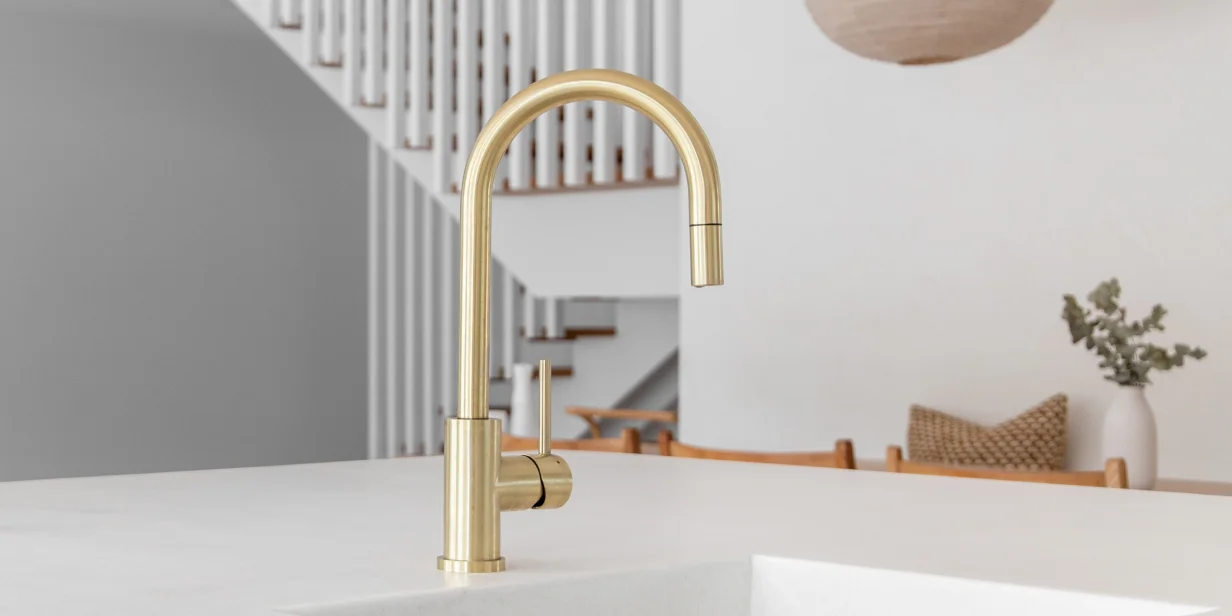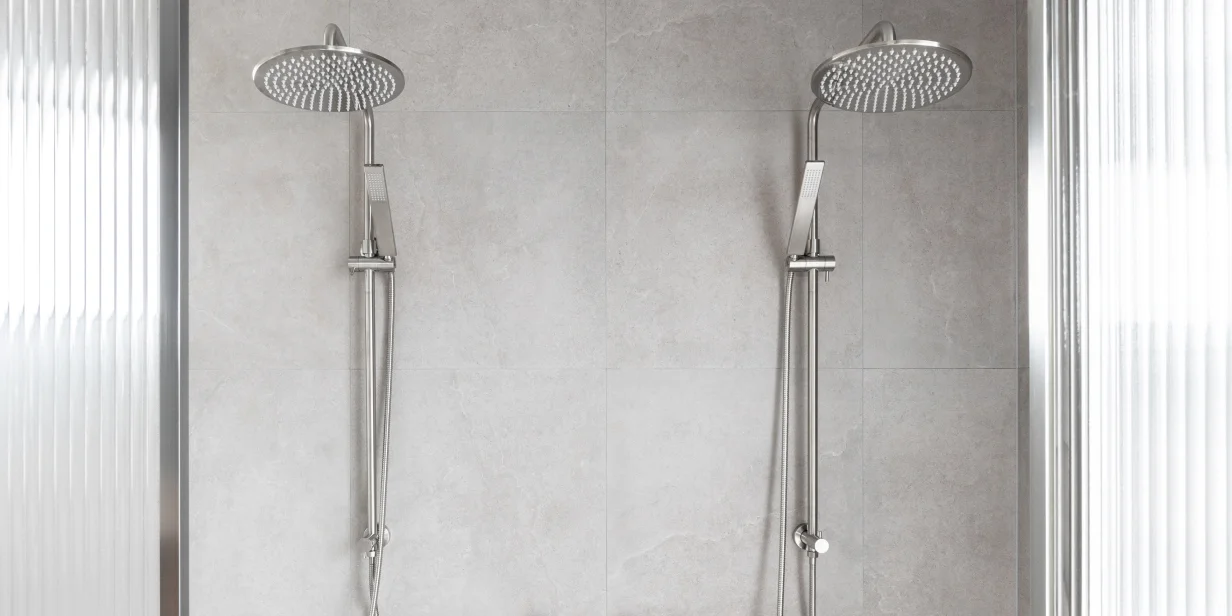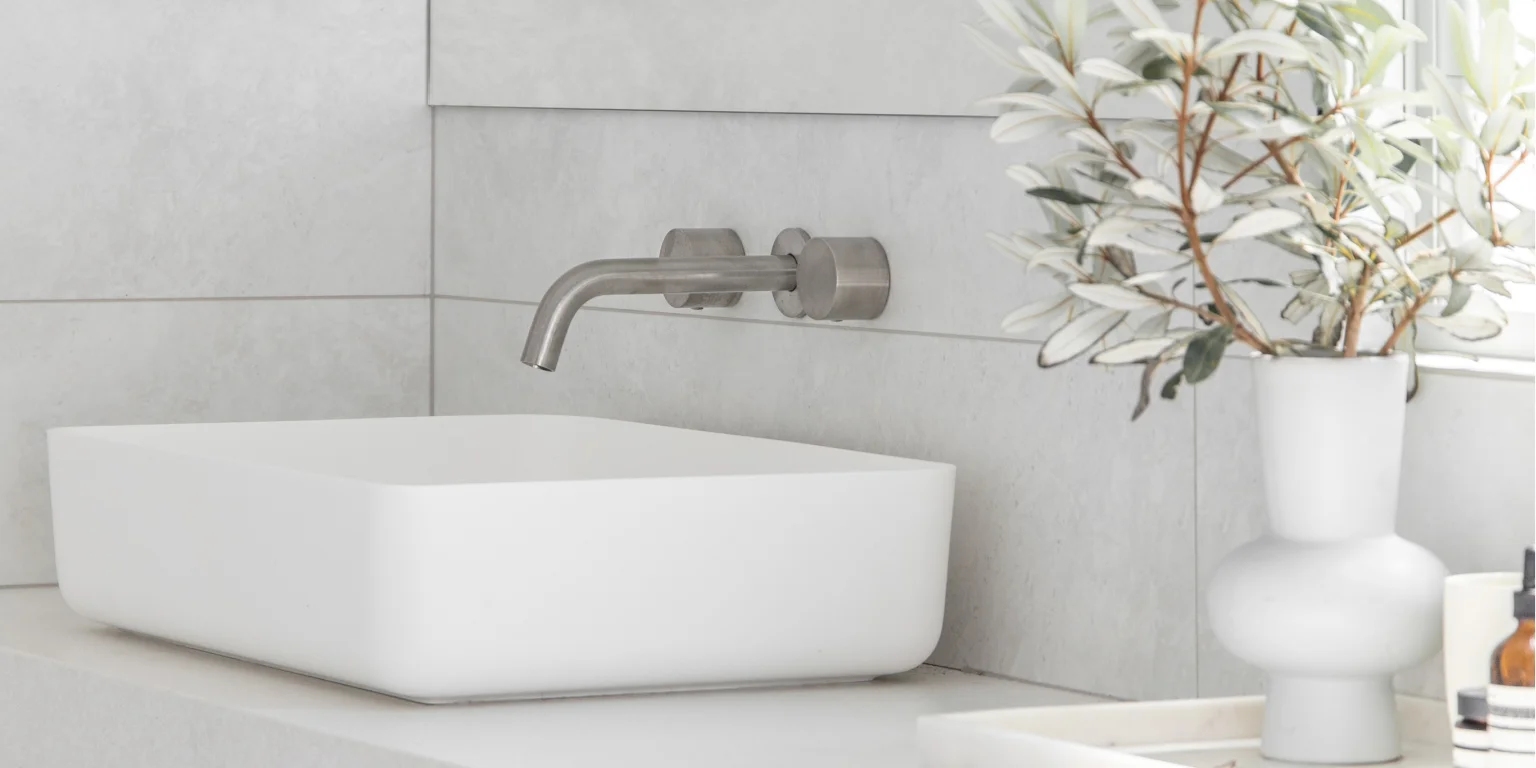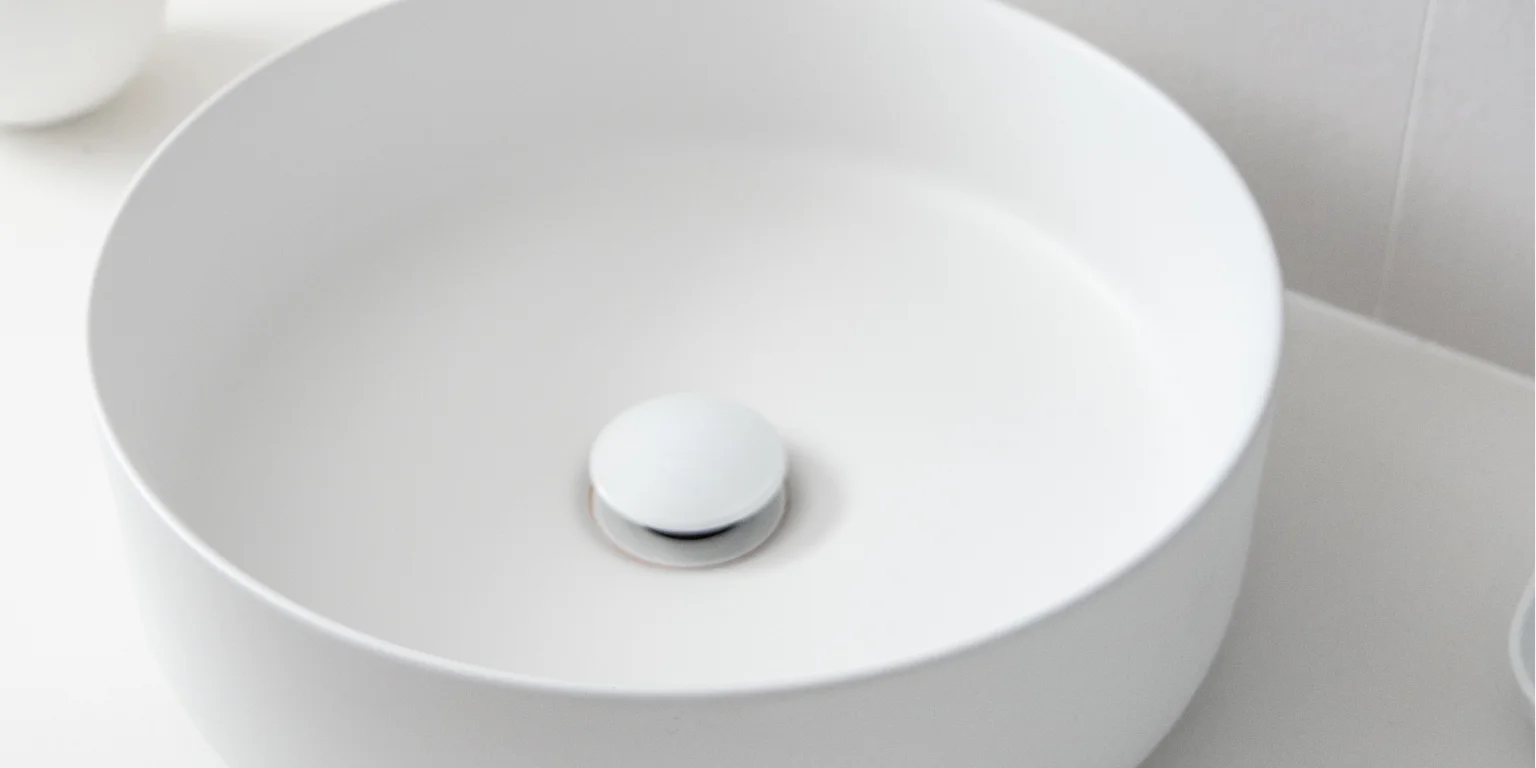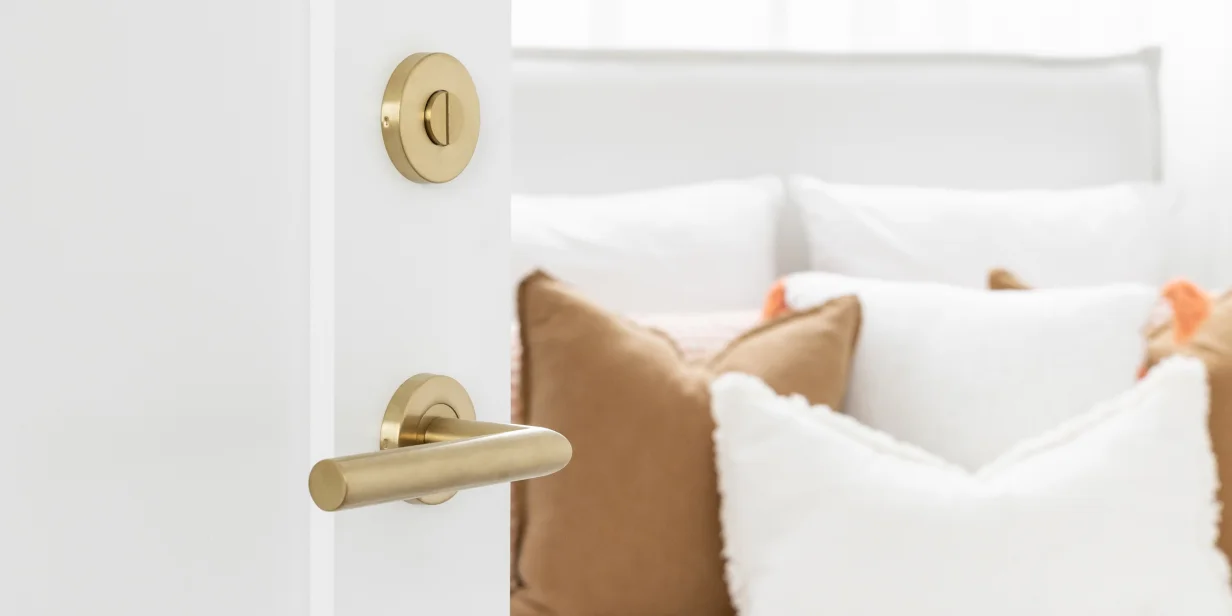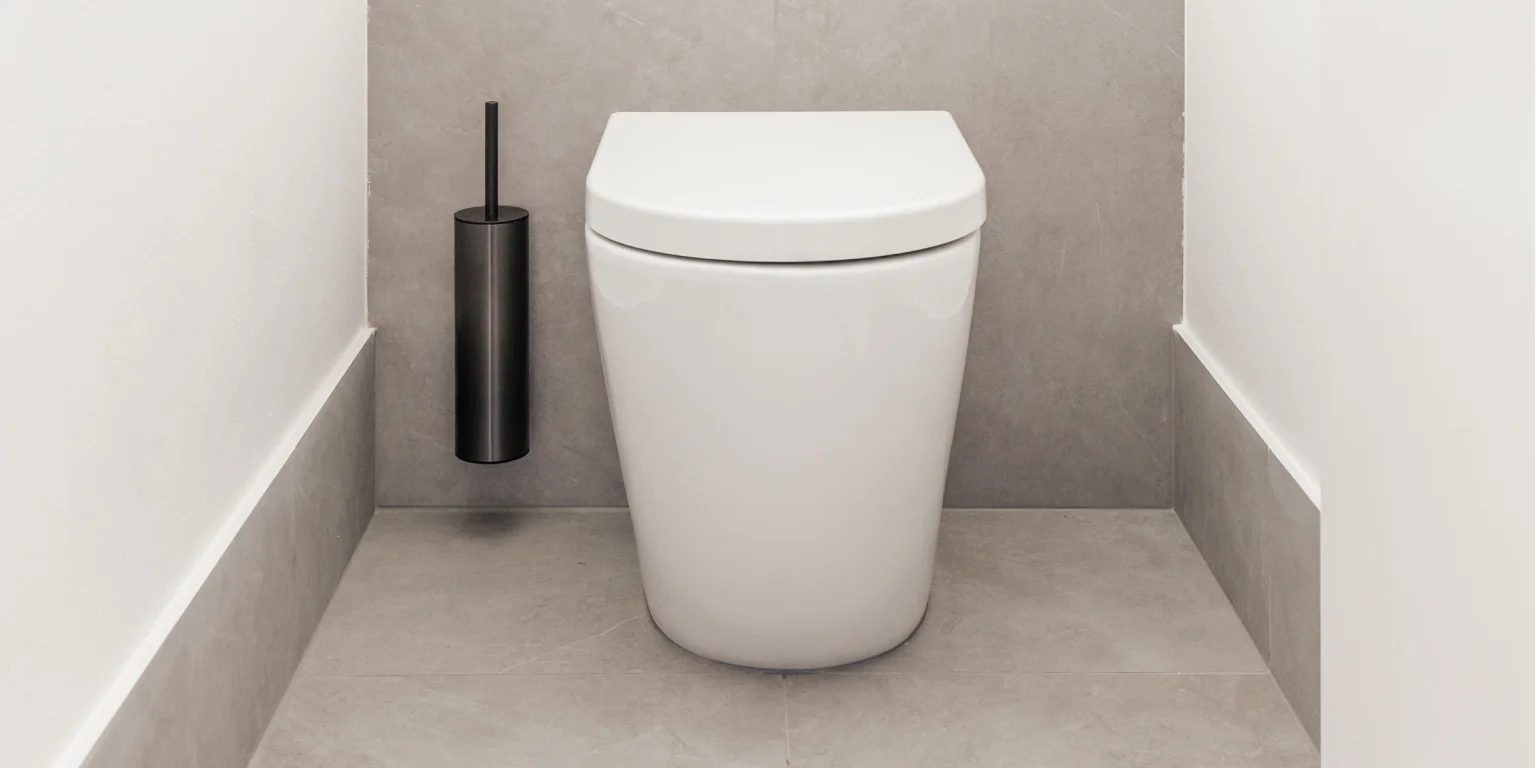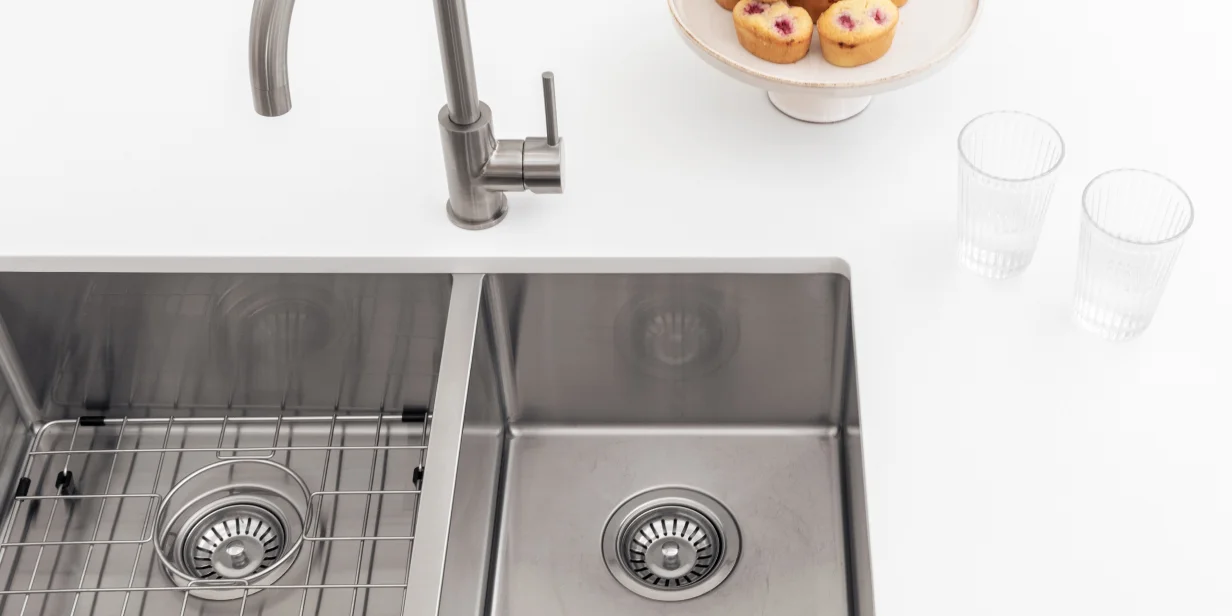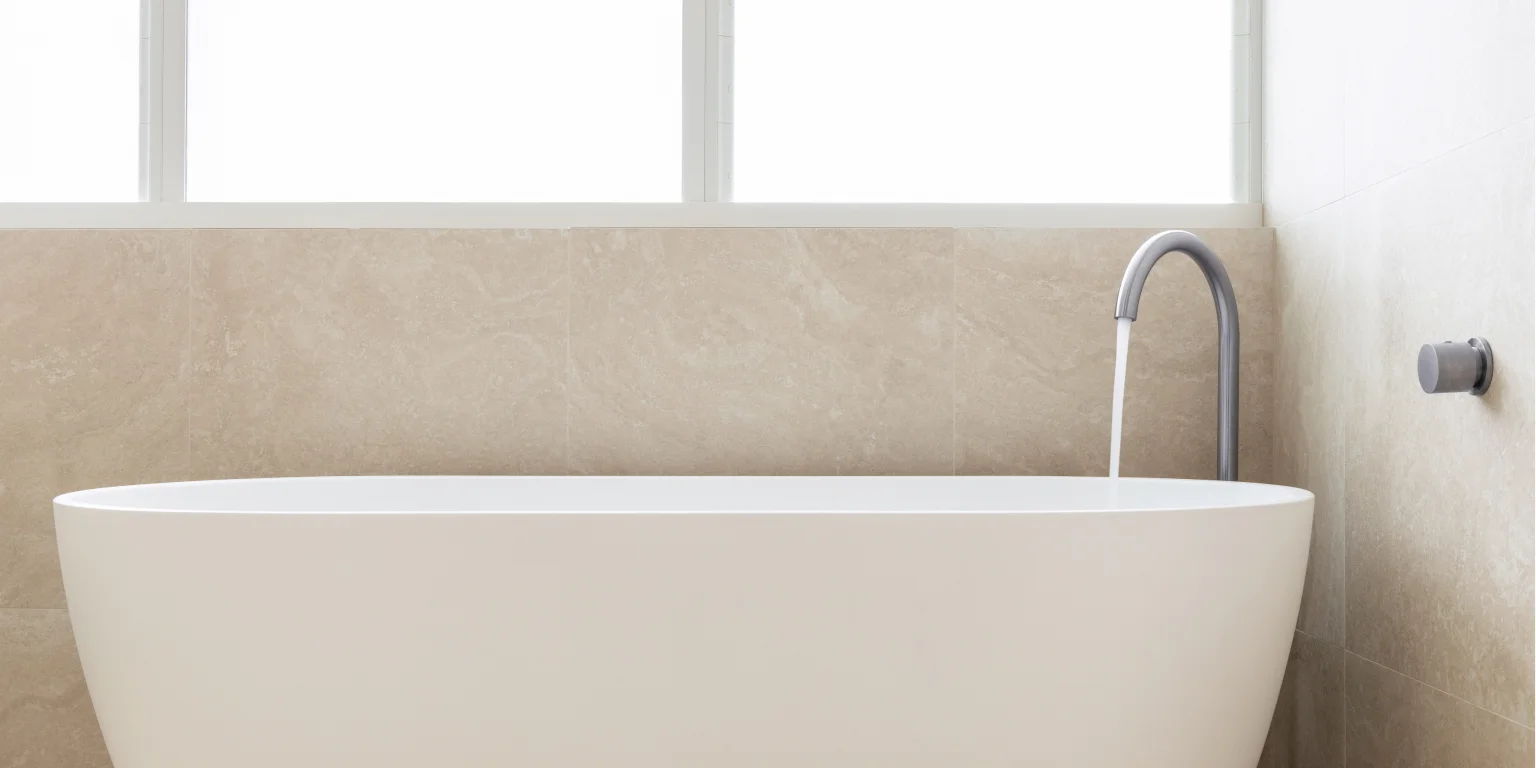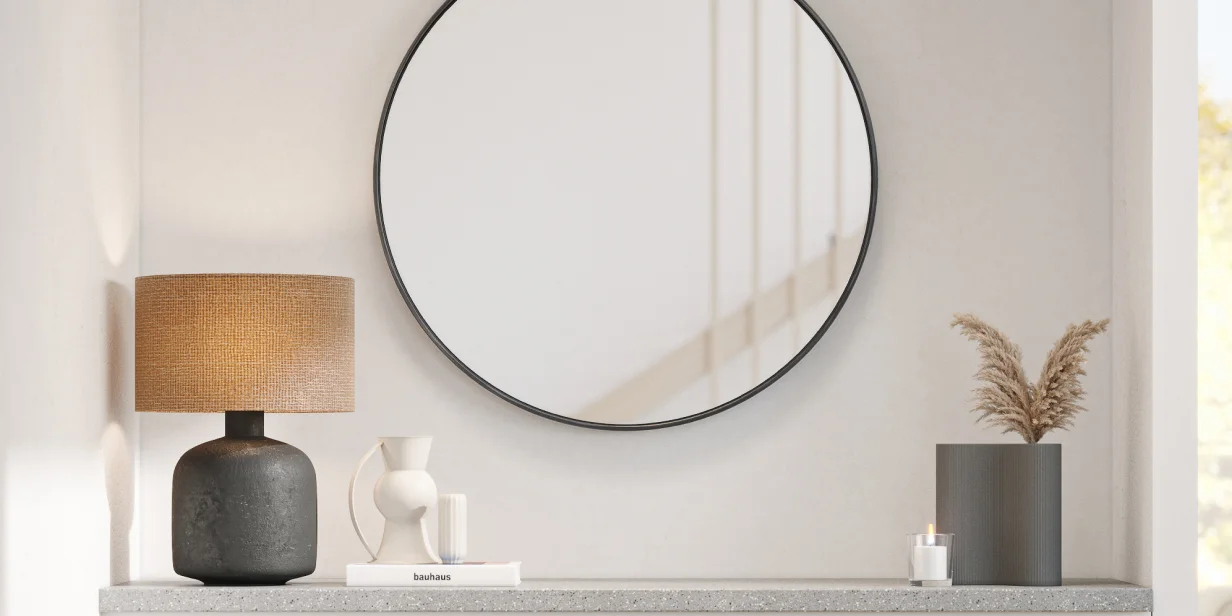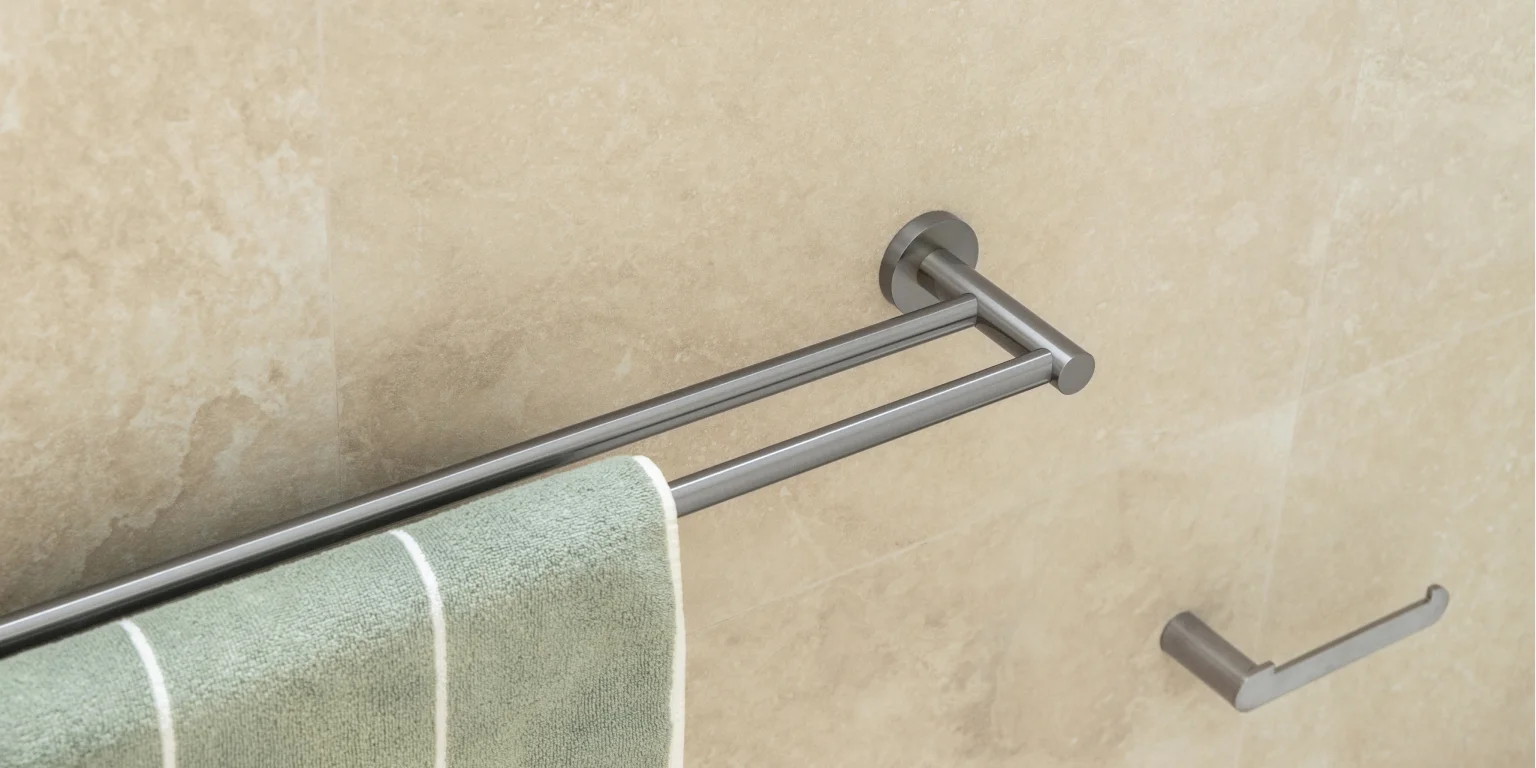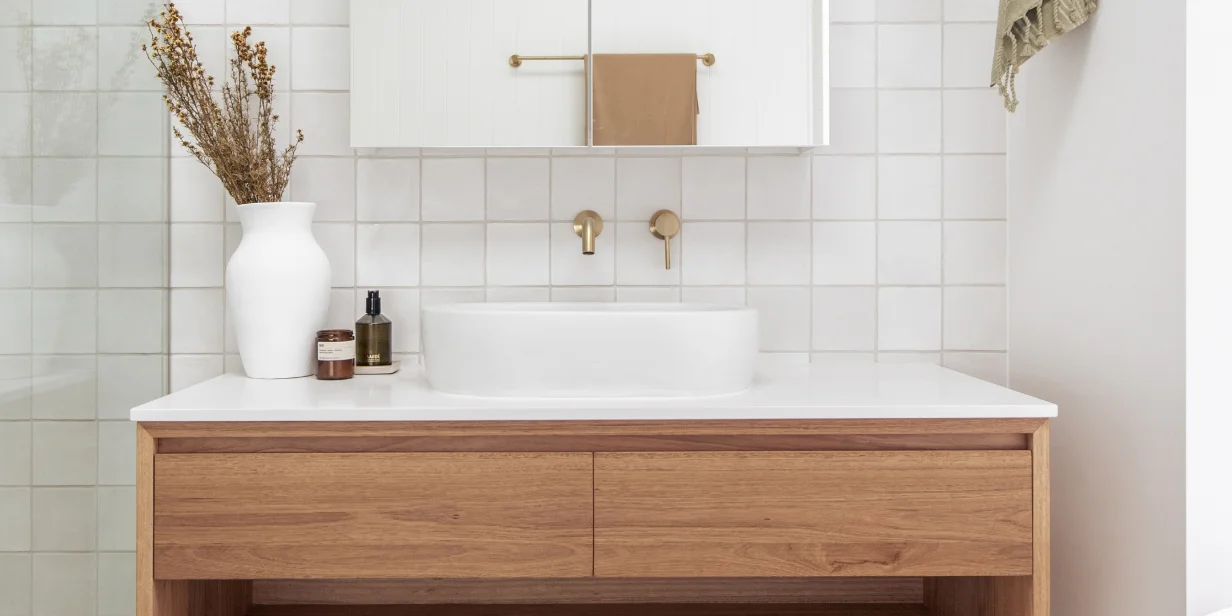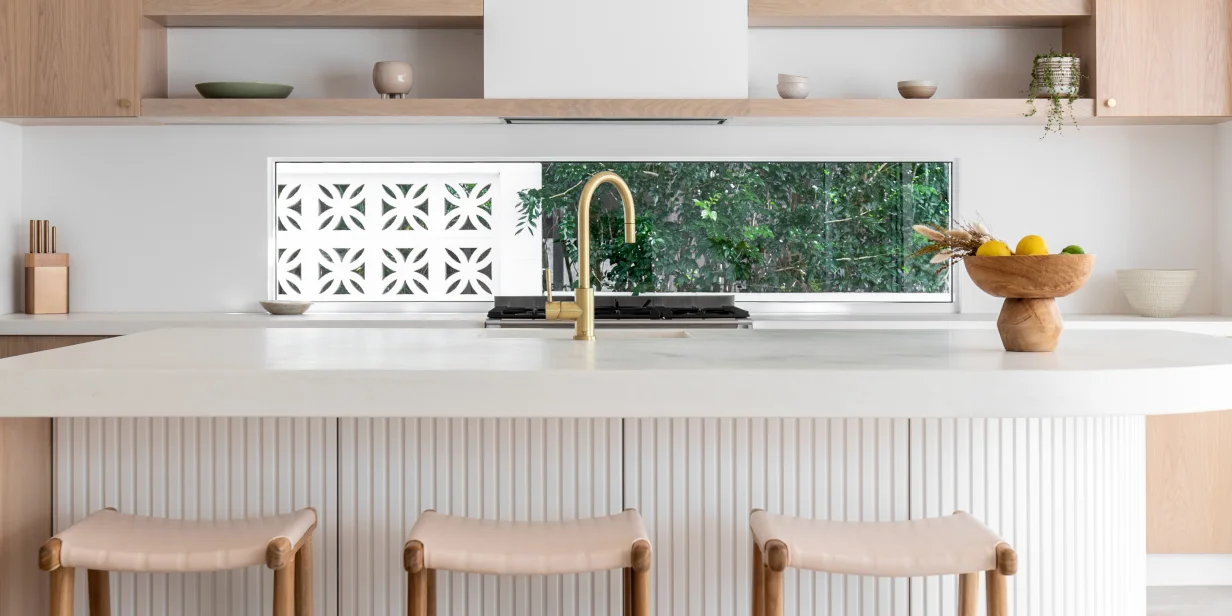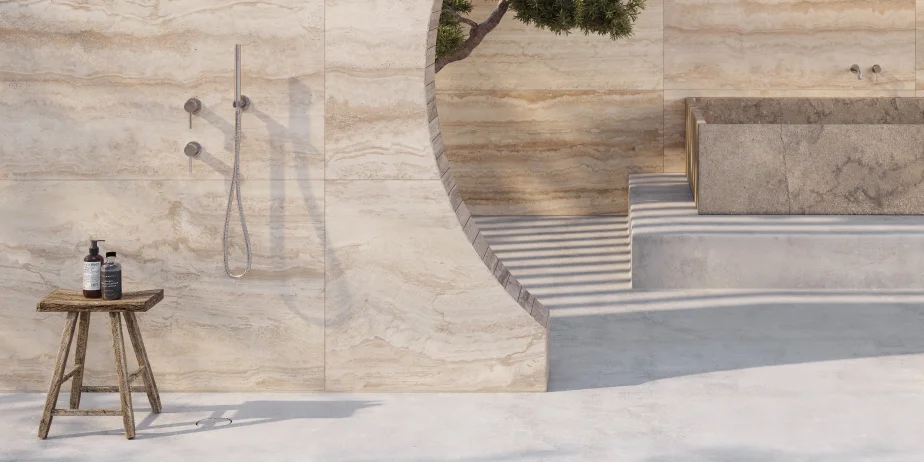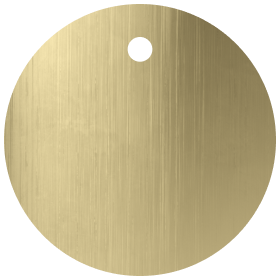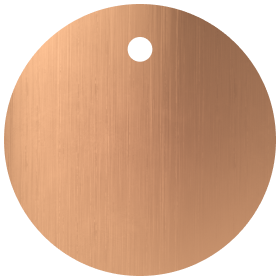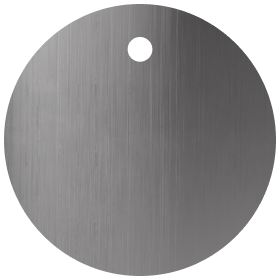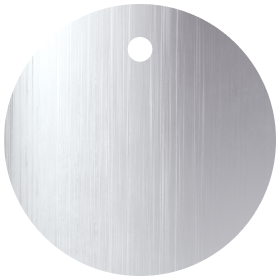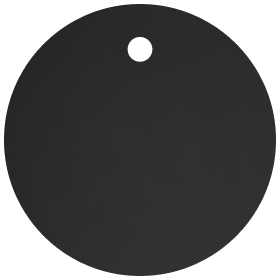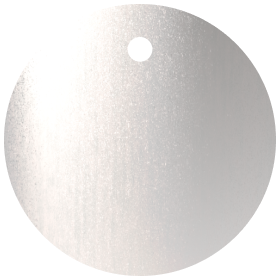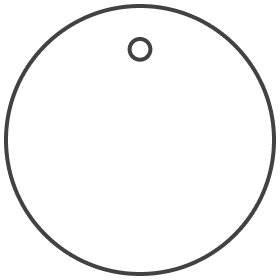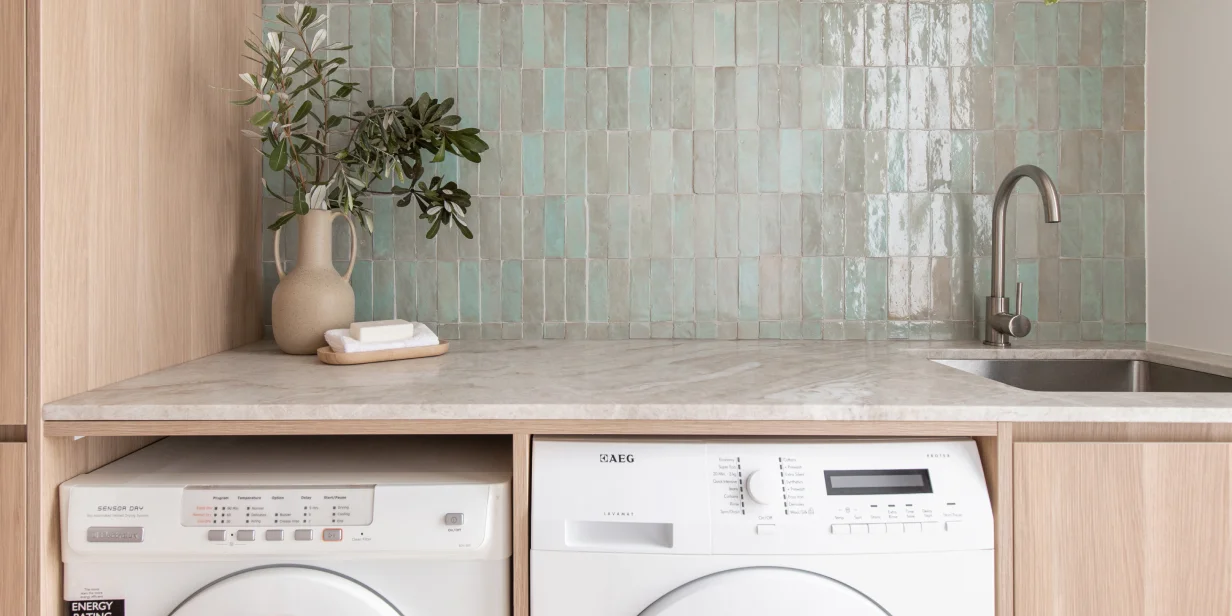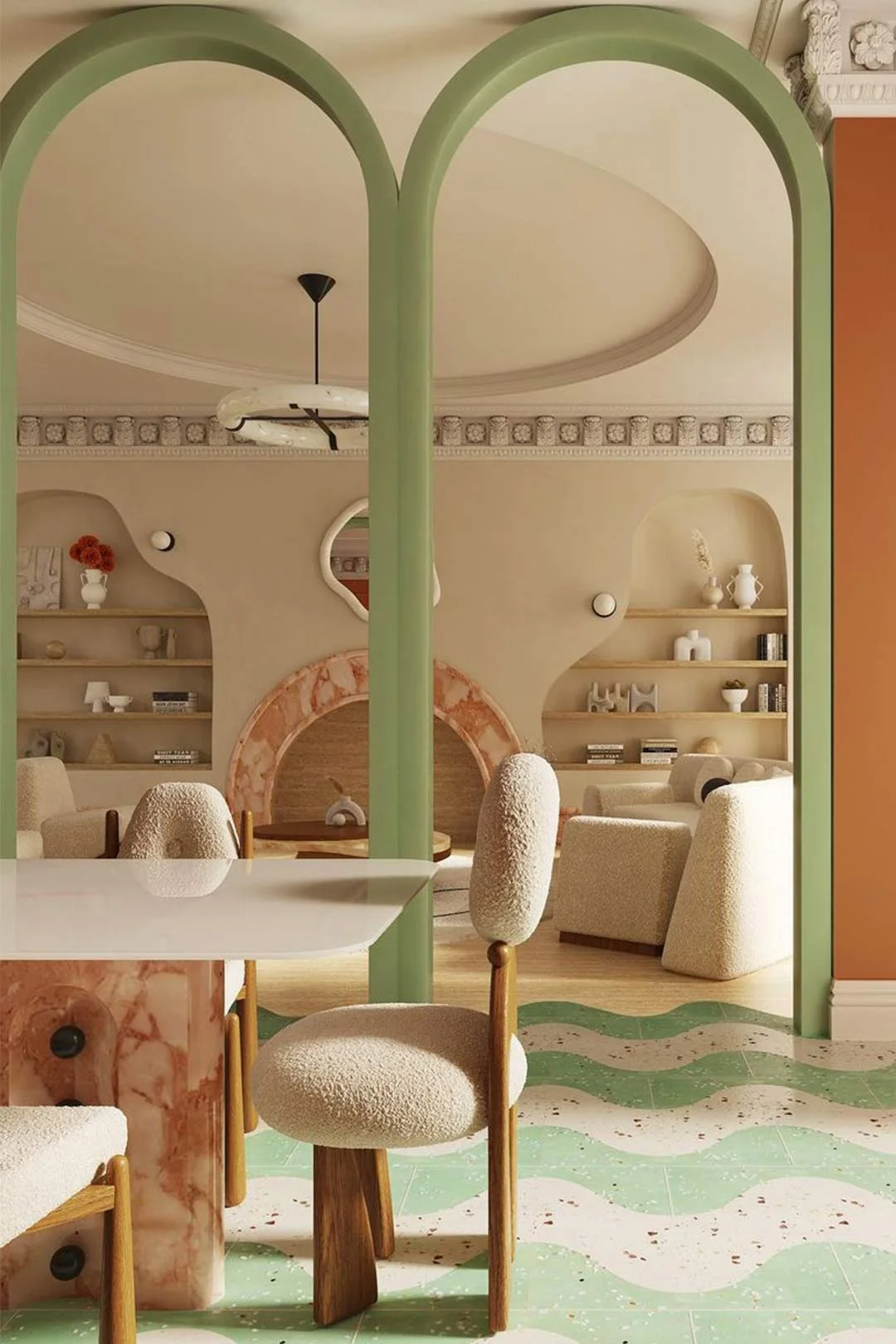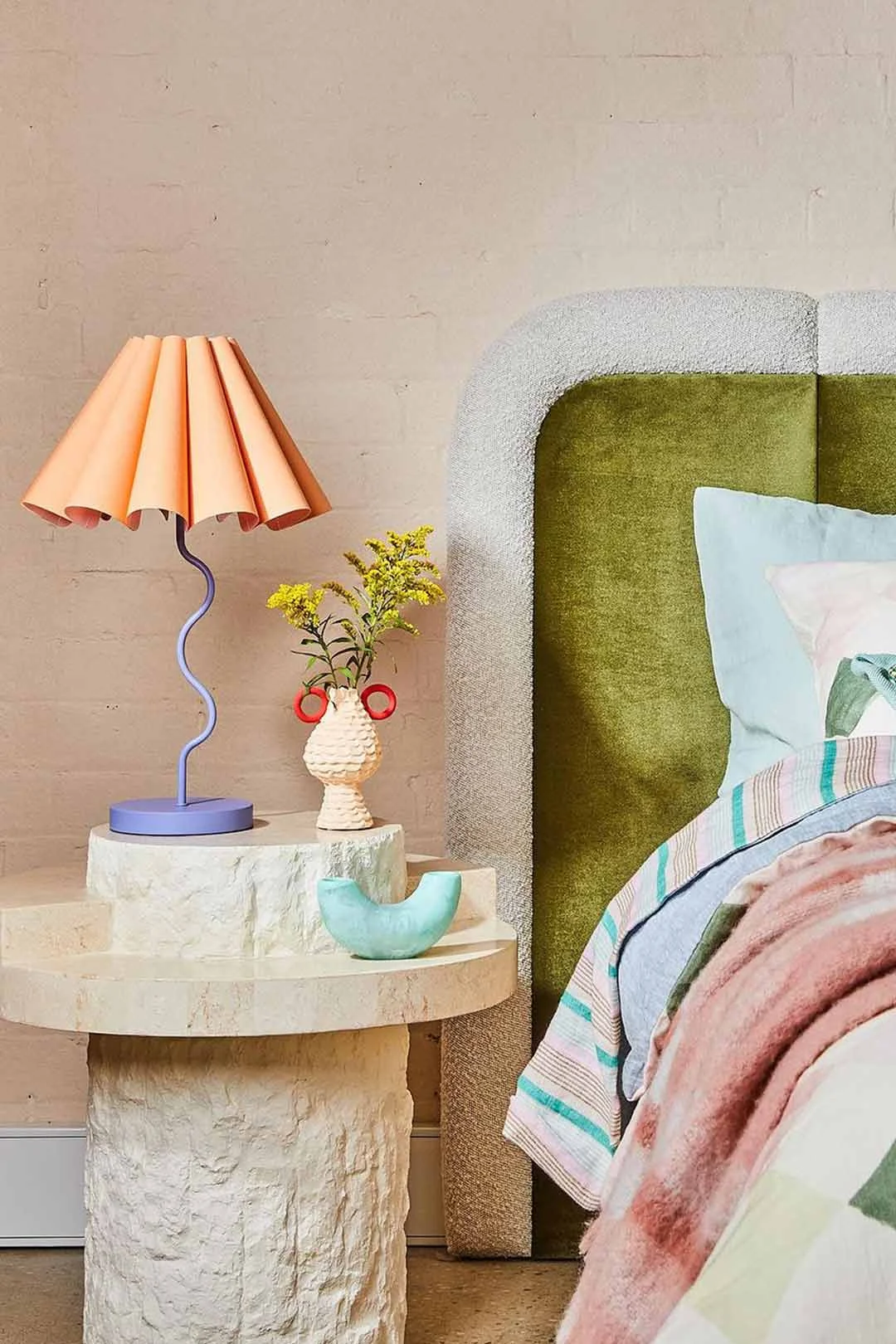Embracing the Curve: The Rise of Wave Interior Design
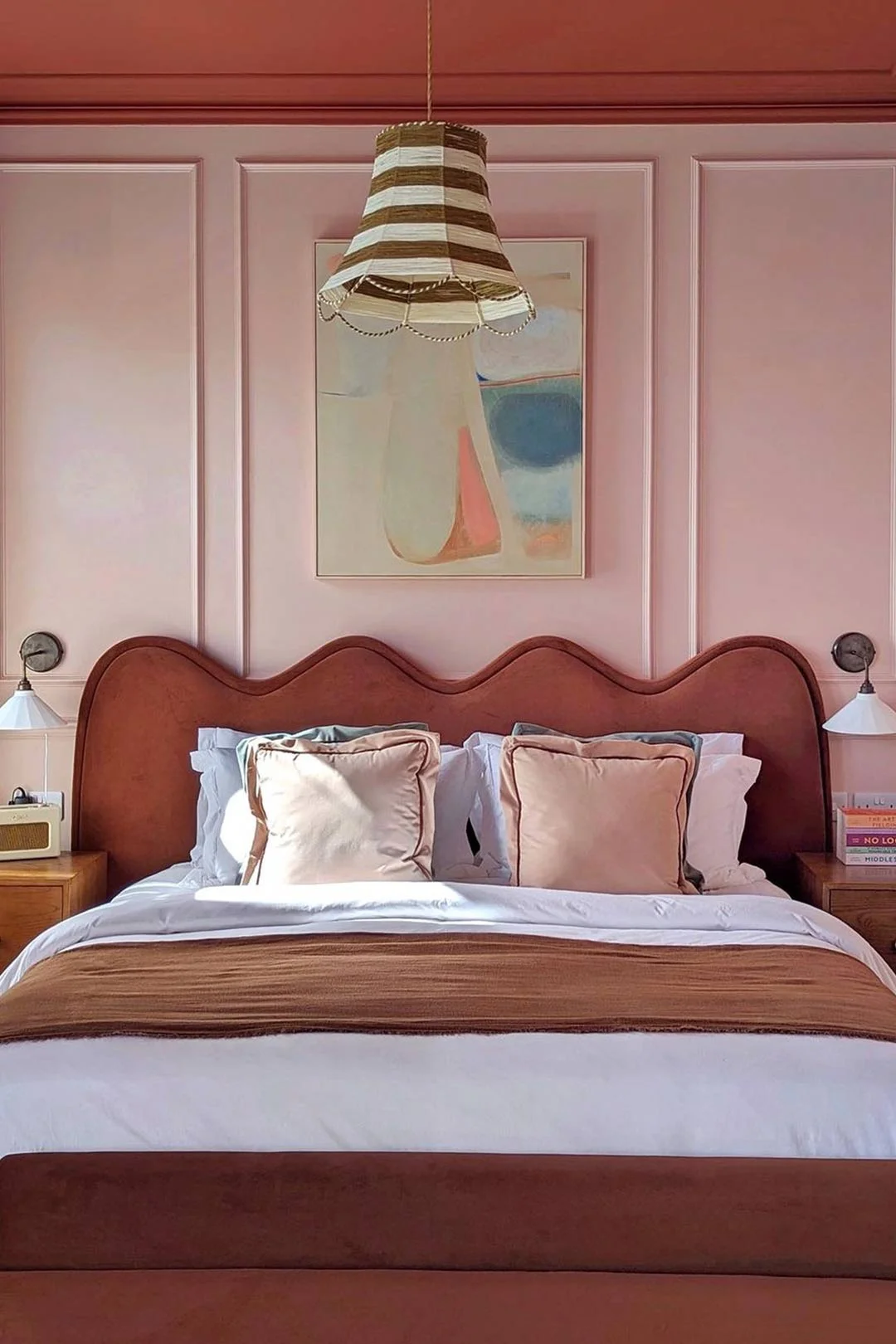
Wavy motifs and organic forms continue to shape furniture, homewares, and architecture in 2025, offering a softer, more fluid approach to interior design. Moving away from rigid lines and sharp angles, this trend creates a relaxed and inviting aesthetic that introduces playfulness and movement into the home. In the UK, where heritage architecture often features ornate detailing and curved motifs, the wavy design trend feels like a natural evolution — bringing contemporary flair while maintaining a sense of warmth and character.
Whether in a period townhouse or a sleek modern apartment, wavy design elements add depth and fluidity to any space. This blog explores the wave interior design trend and provides practical ways to incorporate it into every room, from the living room and kitchen to the bedroom, bathroom, and beyond.
Why Curve Interiors Are Dominating the Design World
Curves and fluid forms are replacing sharp edges and straight lines in a shift away from rigidity. This trend marks a departure from the strict minimalism that has dominated our social feeds in recent years, proving that clean design and bold shapes can coexist harmoniously.
While minimalism often embraces neutral palettes and structured forms, wave interior design introduces a playful yet sophisticated contrast. It promotes a clean maximalist or colourful minimalist approach, layering soft curves while maintaining a refined aesthetic and balancing bold hues with gentle, undulating silhouettes.
Beyond aesthetics, wavy design elements evoke a sense of nostalgia and childlike wonder. Squiggles and blobs are shapes many of us instinctively drew as children, and incorporating them into our homes fosters a sense of comfort, creativity, and lightheartedness. In a world where people crave more joy and personal expression in their spaces, wavy design provides a sense of control and familiarity in a visually engaging way.

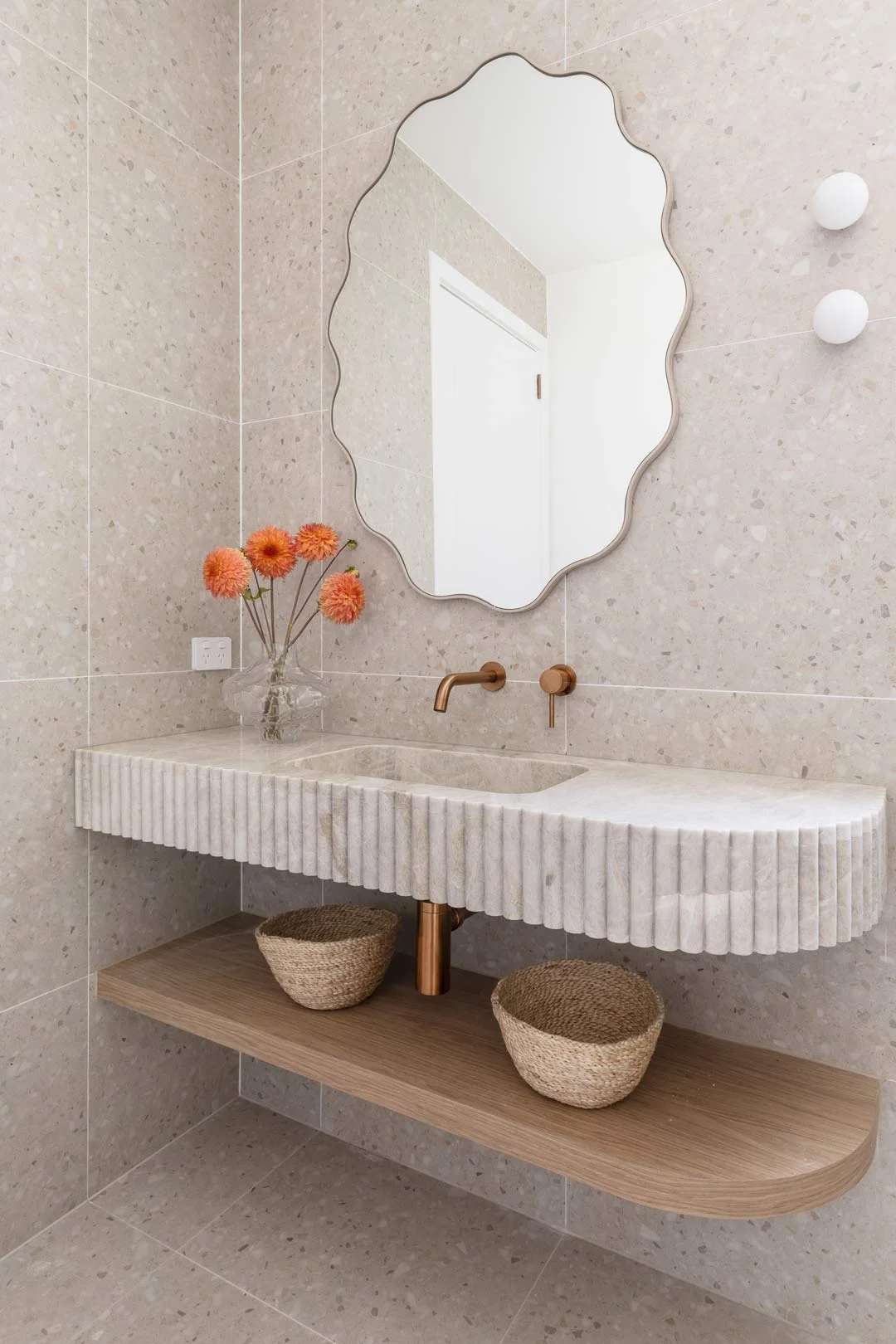
The rise of wavy and curve interiors can be linked to a few key influences:
- Biophilic Design: A deepening connection to nature in interior design has sparked a preference for organic, flowing shapes that echo the curves found in the natural world, fostering harmony and a sense of serenity in the home.
- Nostalgia & Retro Influences: The revival of iconic 1970s and 80s design has reintroduced bold, curvy furniture and playful decorative elements, seamlessly blending vintage charm with contemporary style.
- Wellness in Design: Curved furniture and wavy decor create a calming, cocoon-like environment, enhancing relaxation and comfort. As homes increasingly serve as sanctuaries from the outside world, these organic shapes help soften interiors, promoting a sense of tranquillity and wellbeing.
- Social Media Trends: The wavy decor trend is highly Instagrammable, thriving on visually striking statement pieces that become the focal point of aesthetically curated interiors.
How to Incorporate Wave Interior Design at Home

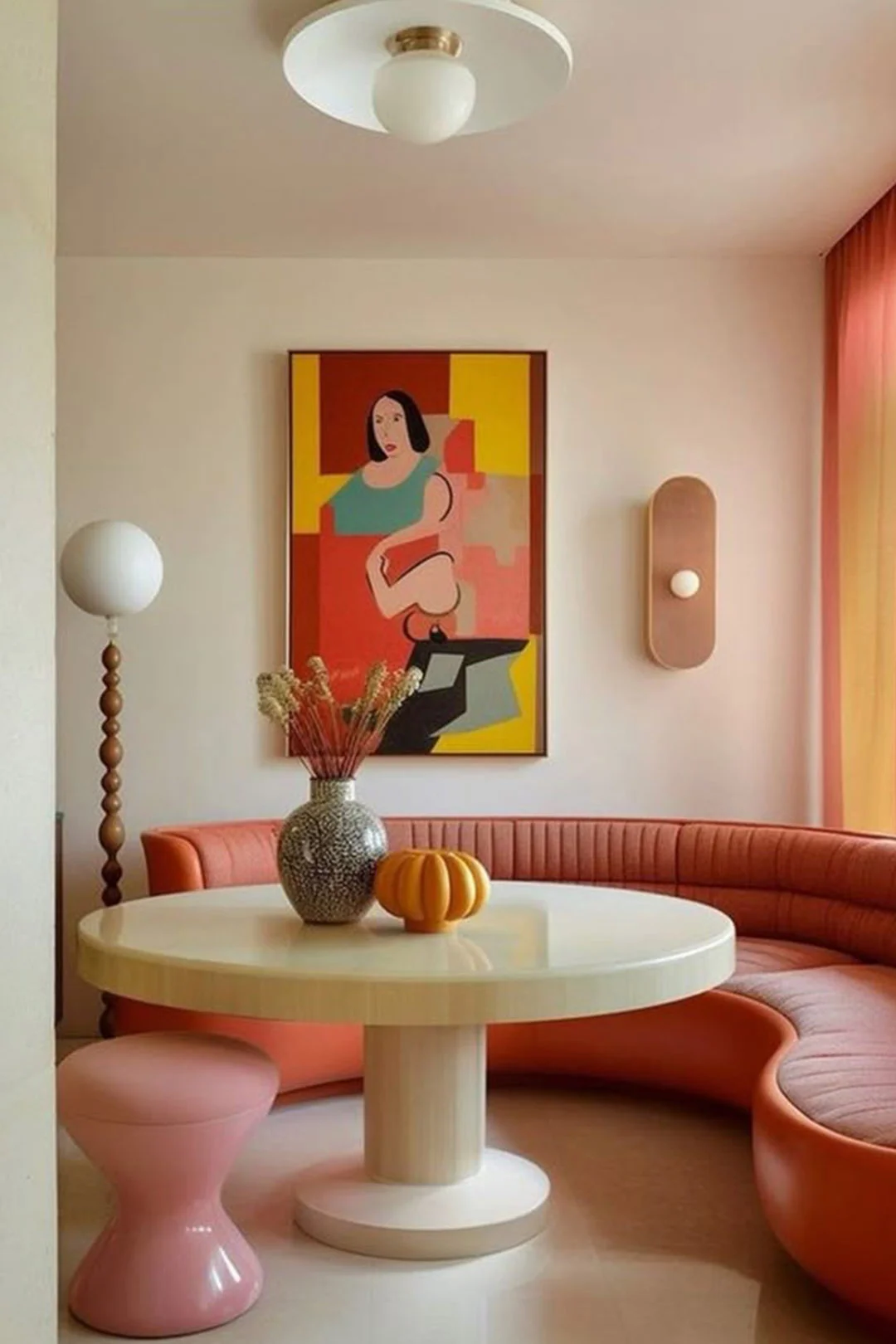
The beauty of wave interior design is its versatility — you can go all-in with curved architecture and statement furniture or introduce subtle touches through decor and accessories.
Whether it’s a sculptural wavy mirror or a playful accent piece, embracing organic shapes instantly makes your home feel more dynamic and inviting. With its blend of playfulness and elegance, this trend proves that curves aren’t just for aesthetics; they bring warmth, movement, and a touch of natural beauty to every space.
Wave Interior Design in The Living Room
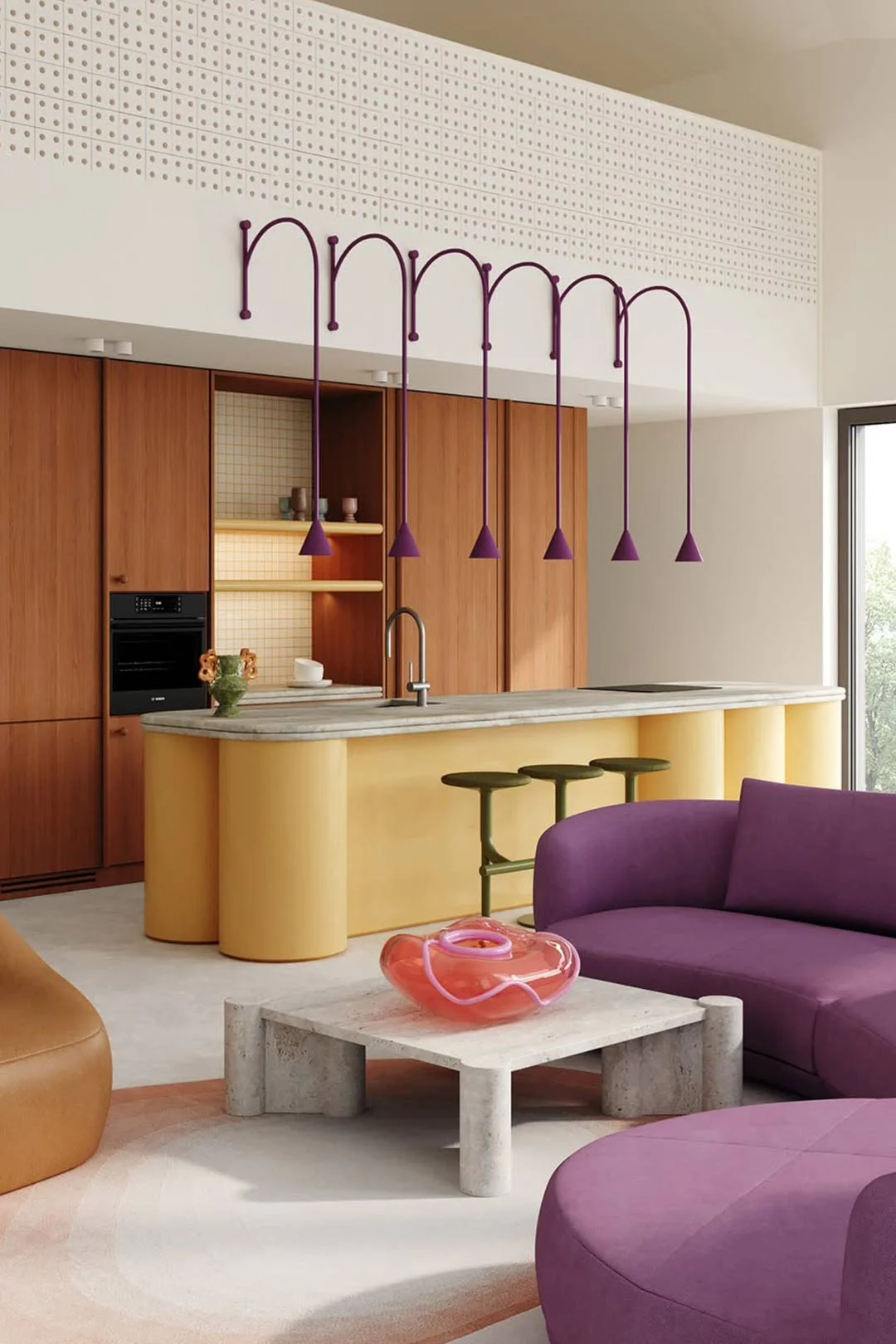
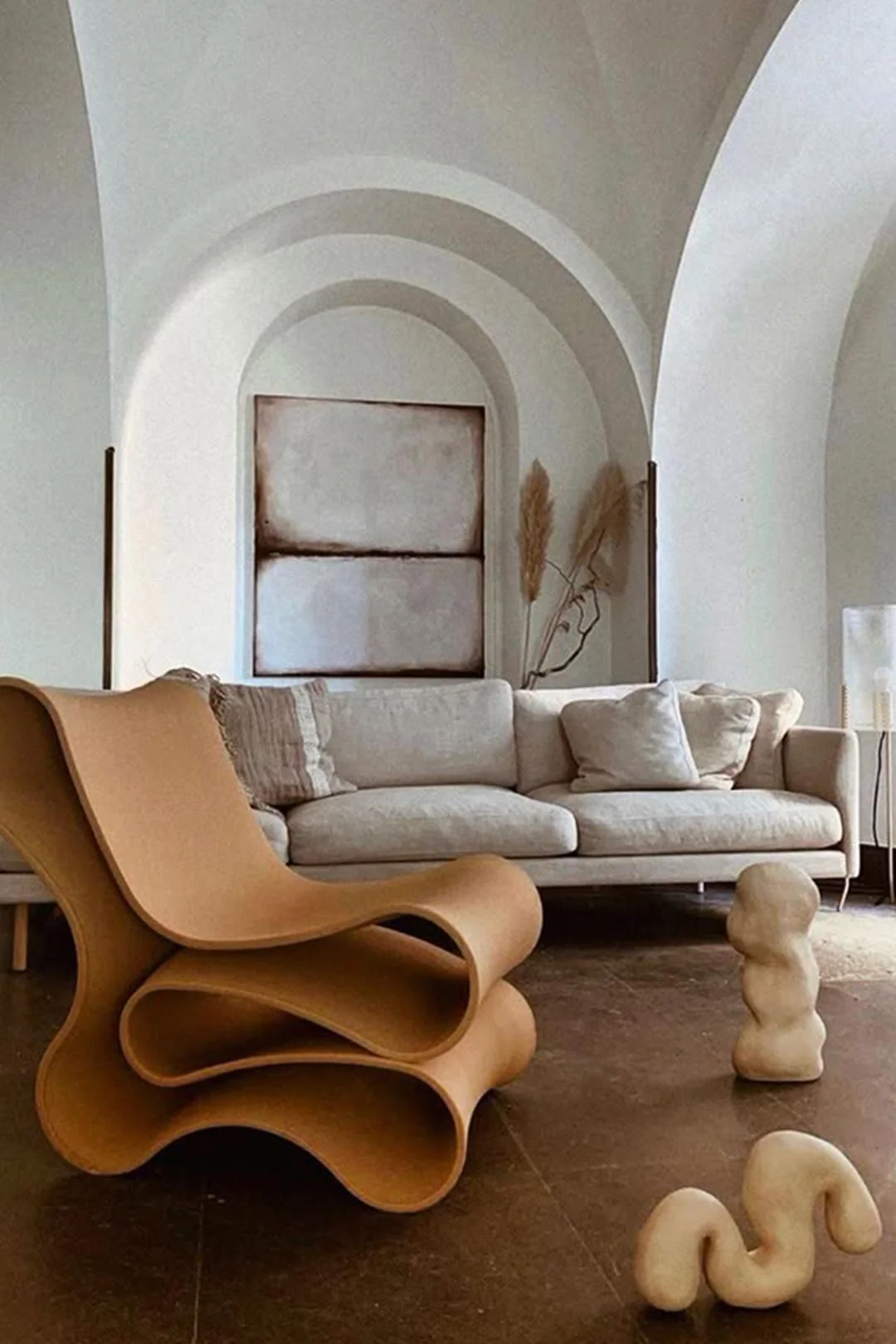
In the UK, where space is often at a premium, wave interior design provides a sophisticated way to define rooms without the need for rigid dividers. Curved sofas and armchairs lend a soft, inviting feel, transforming the living room into a warm and welcoming retreat.
Circular coffee tables, wavy shelves, and rounded console tables introduce visual interest, creating a space that feels both fluid and functional. Meanwhile, rugs with undulating patterns or scalloped edges will help break up structured layouts, enhancing the room's natural flow while complementing both wooden and tiled flooring.
Wave Interior Design in Kitchen & Dining
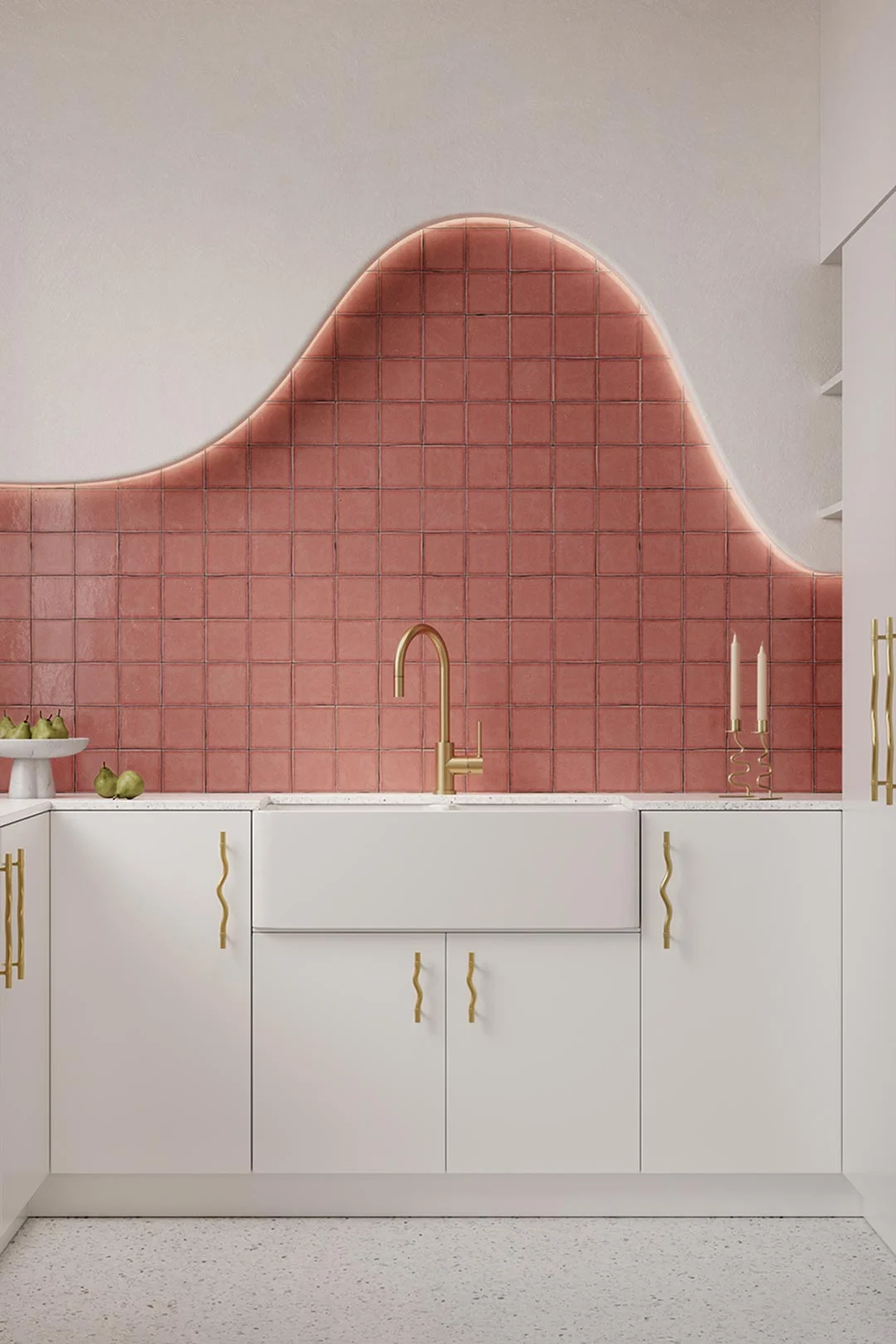
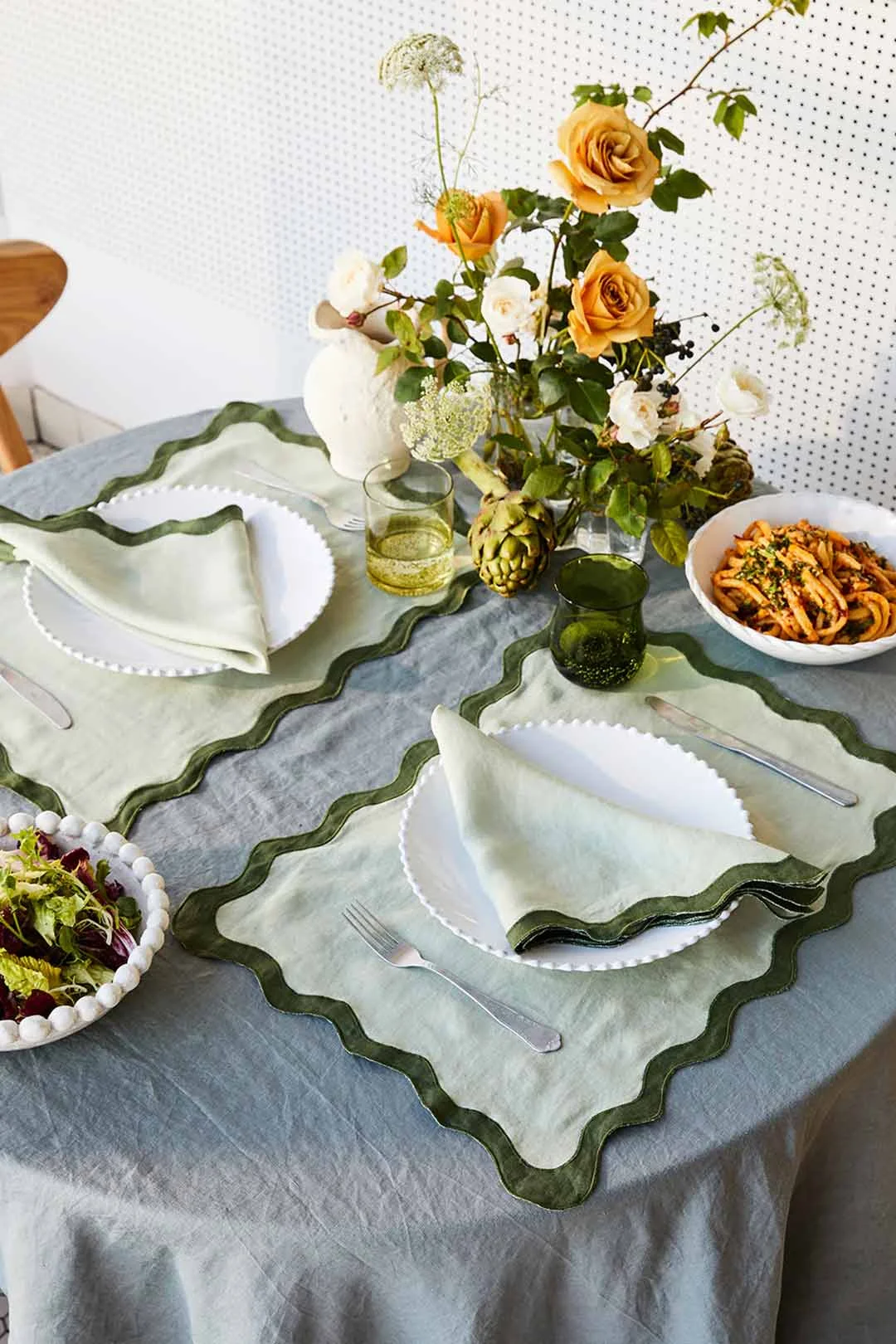
Circular dining tables and sculptural bar stools with curved bases bring a sense of movement and elegance to kitchen and dining spaces, creating a more intimate and inviting atmosphere. In compact UK homes, incorporating curved design elements helps soften the look of a room while maintaining a functional layout. Curved splashback tiles or modern kitchen cabinet hardware like our wavy Ziggy Adjustable Cabinetry Pull will add a modern yet organic touch, complementing both traditional and contemporary interiors.
Soft, flowing pendant lighting or arched cabinetry enhances the aesthetic, making the space feel warm and cohesive. For a refined finishing touch, display curved glassware or champagne flutes with wavy stems, adding a sculptural and sophisticated element to your dining experience.
Wave Interior Design in The Bedroom
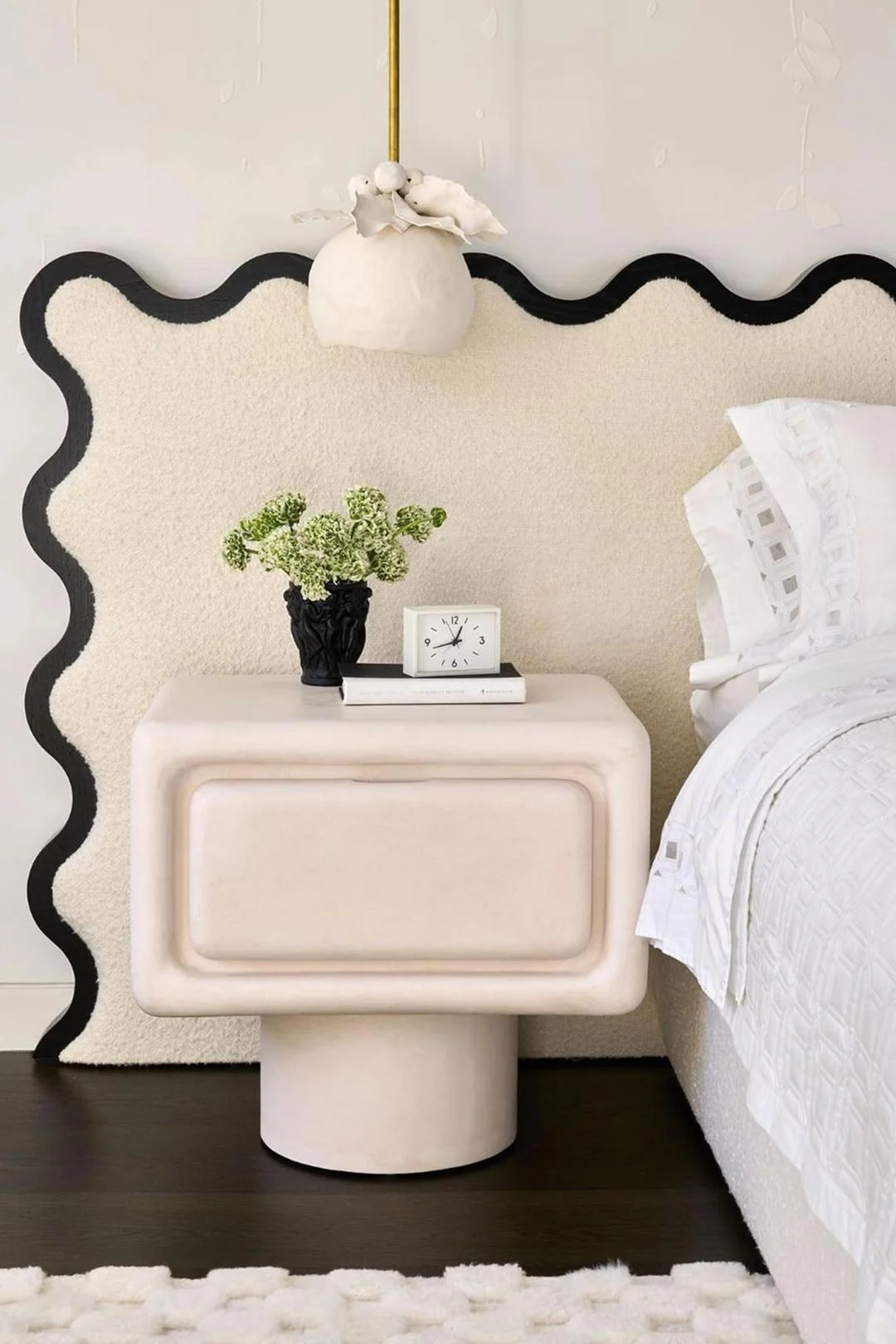
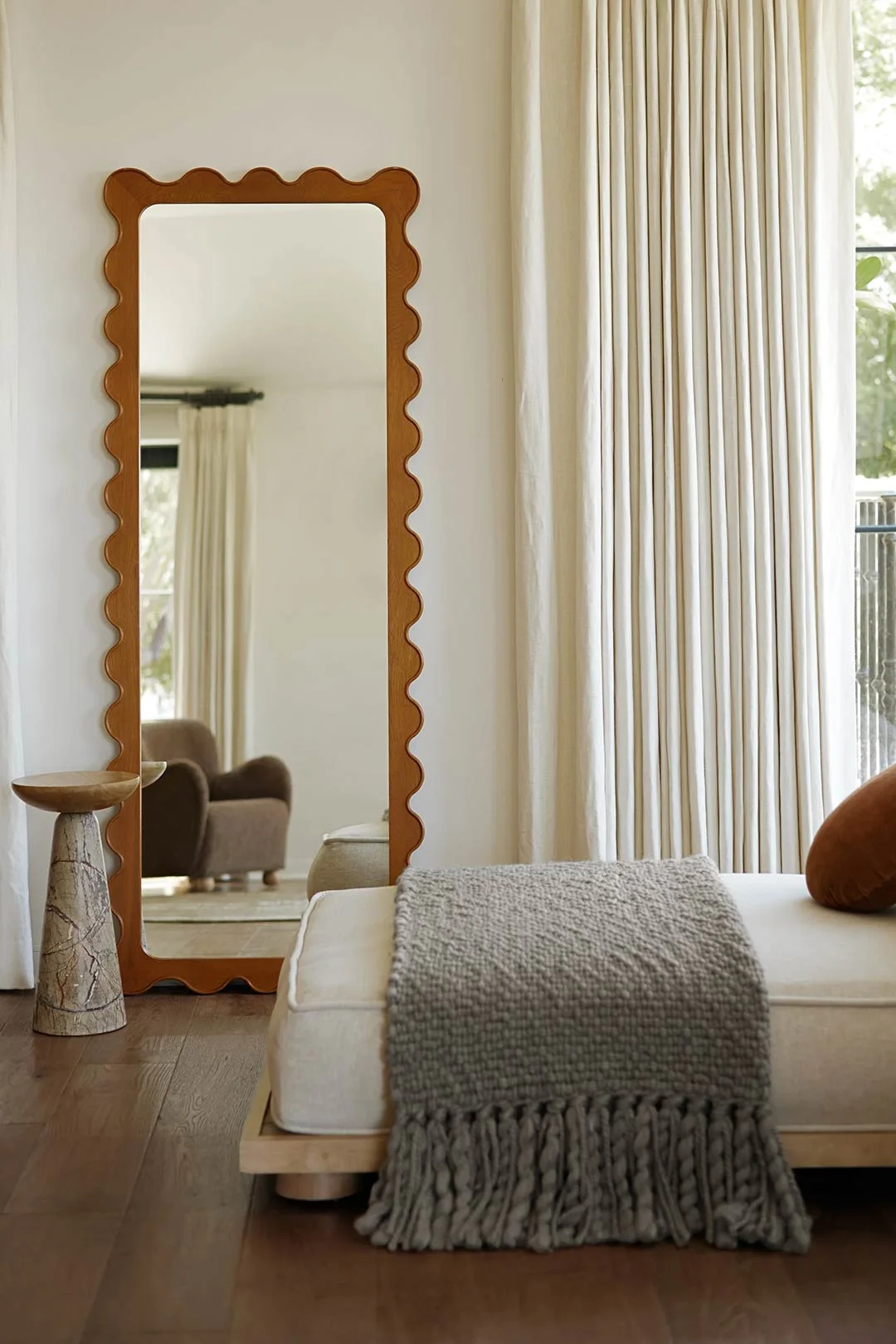
A headboard with a curved or squiggly silhouette will infuse bedrooms with an atmosphere of playfulness and relaxation, instantly elevating the aesthetic. Wavy-patterned bedding or scalloped pillowcases will introduce a whimsical yet refined touch without overwhelming the space.
Rounded bedside tables and softly curved lamps contribute to a cohesive, harmonious feel while casting a warm, diffused glow that enhances the room’s tranquillity. Floor-length wavy mirrors have surged in popularity, serving as both a functional and sculptural statement. Their flowing form reflects light beautifully, creating a sense of movement and adding an artistic dimension to the space.
Wave Interior Design in The Bathroom
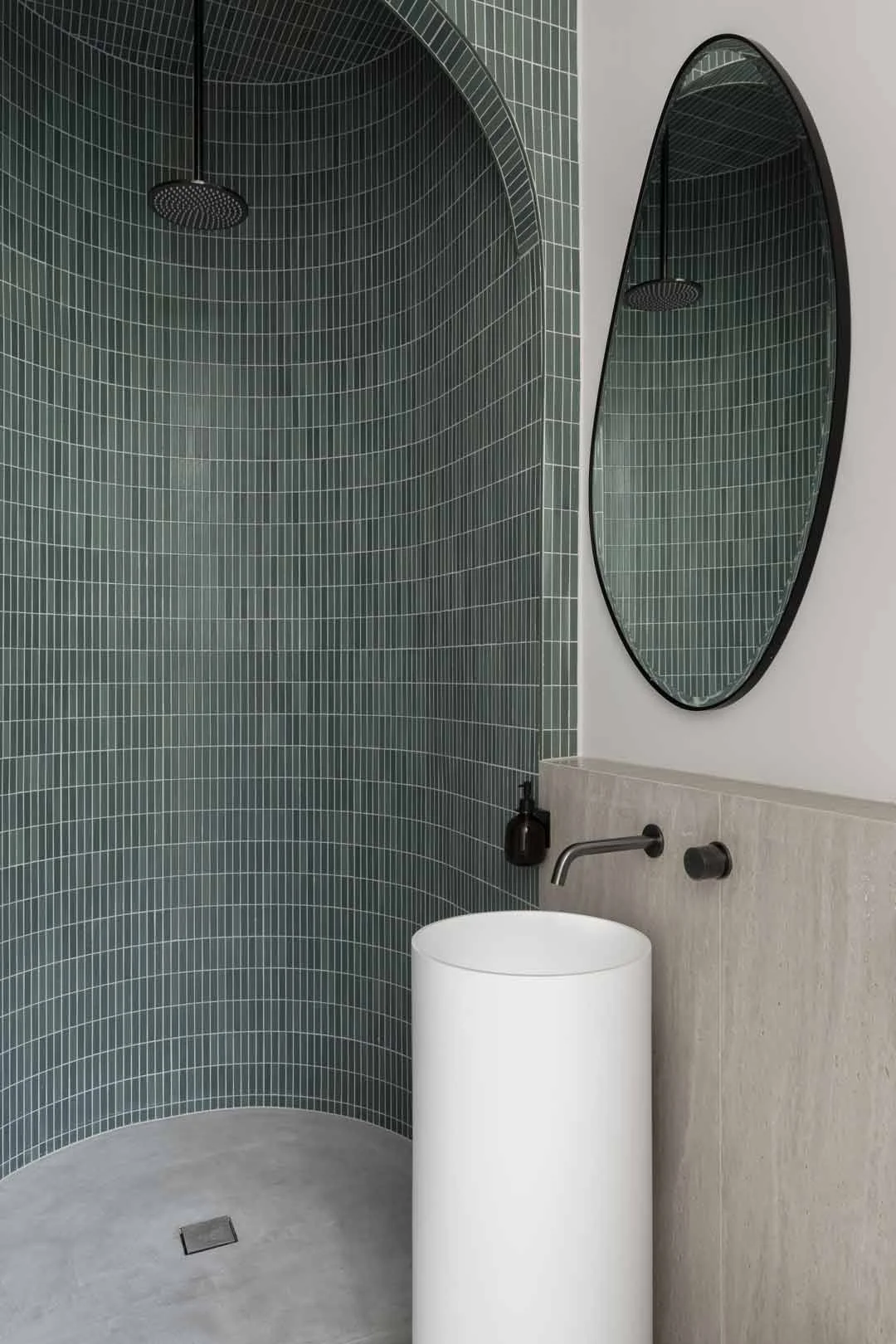
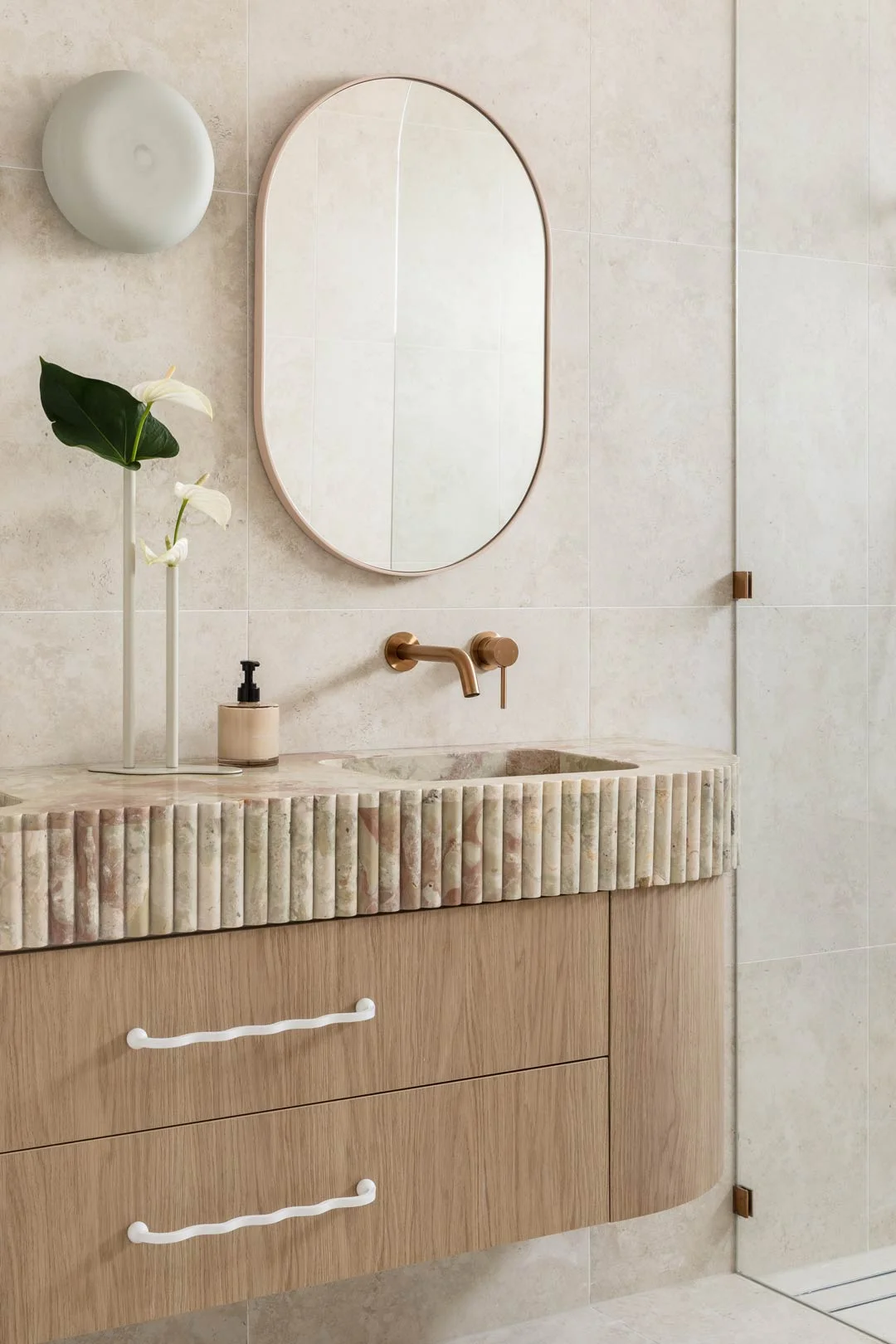
When it comes to the wave interior design trend, it’s essential to remember that less is often more. In the UK, particularly in traditional or period homes, organic shapes can be thoughtfully incorporated to introduce a contemporary edge while complementing the home's classic architectural details.
In the bathroom, a freestanding curved bathtub can elevate the space into a spa-like retreat, creating a sense of relaxation and indulgence. Round mirrors, arched niches, or scalloped tiles enhance visual flow, making smaller bathrooms more spacious and inviting. Organic-shaped basins and gently curved tapware will also promote a tranquil, serene atmosphere — ideal for unwinding after a busy day.
Wave Interior Design in Outdoor Spaces
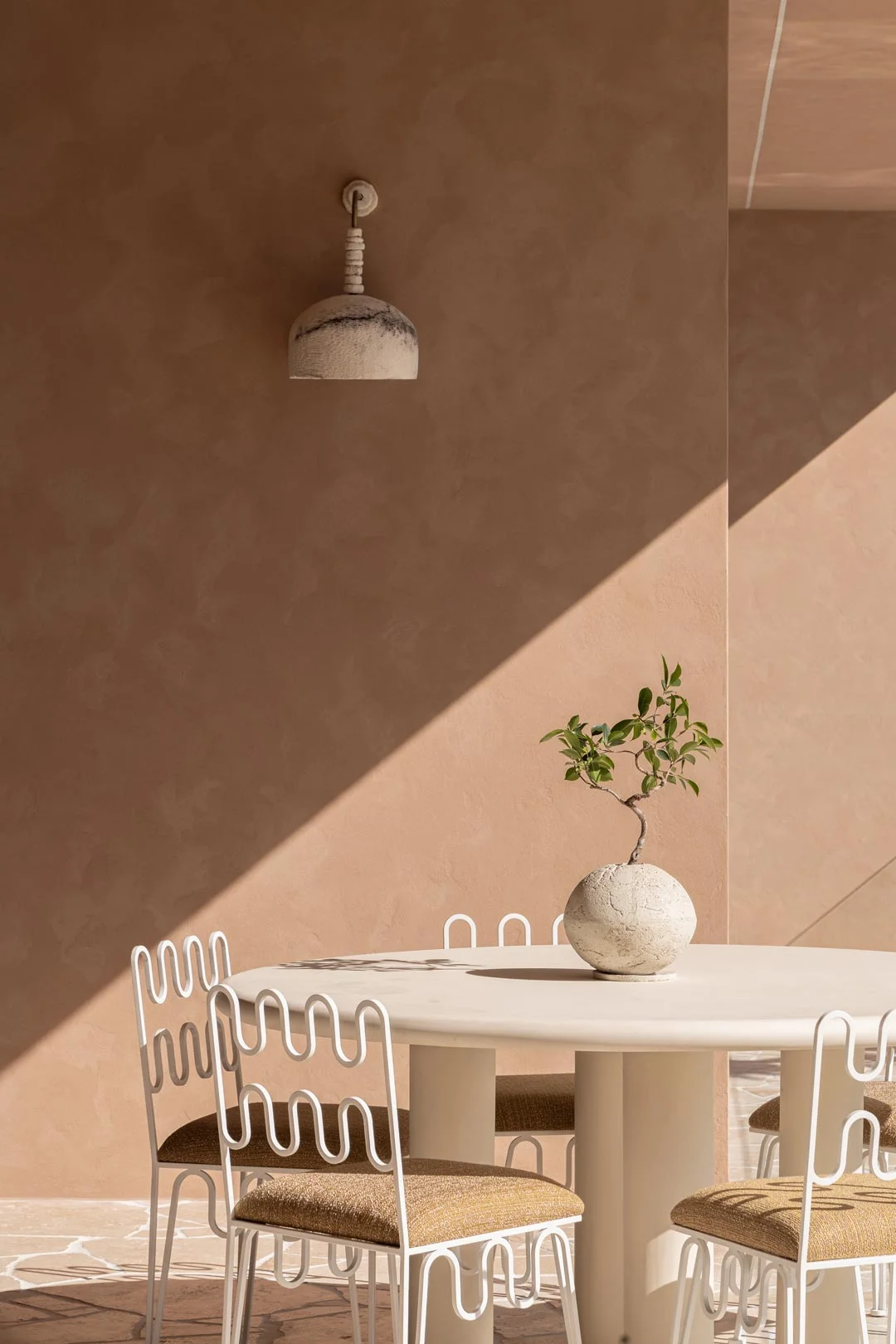
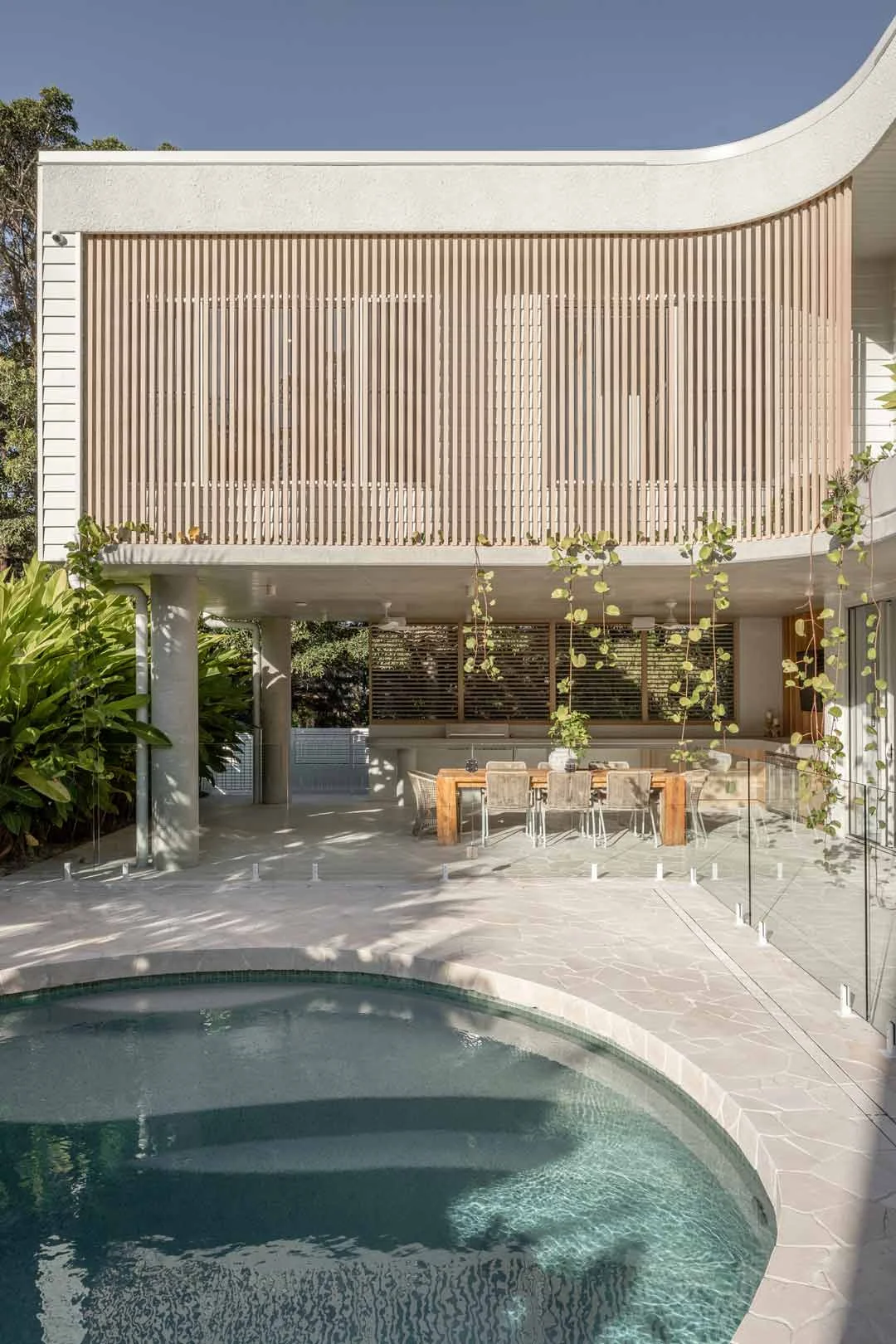
In the UK, where gardens and outdoor spaces range from charming courtyards to sprawling country landscapes, curved design elements can add a sense of fluidity and elegance. Sculptural outdoor furniture with rounded edges softens the look of patios and terraces, creating a welcoming and relaxed atmosphere.
Meandering pathways or irregular stepping stones introduce a gentle, organic flow, guiding movement through manicured gardens or wilder, cottage-style plantings. Arched entryways, wavy planters, curved garden walls, or sculptural water features can enhance depth and visual interest, helping to bridge the gap between traditional British architecture and contemporary design.
Have you jumped on board the wave interior design trend? Let us know in the comments!
For the latest design inspiration, read our blogs:
What is Maximalism? A Guide to Maximalist Interior Design
The Savoy Combines Mid-Century Elegance With New York City Hotel Glamour
